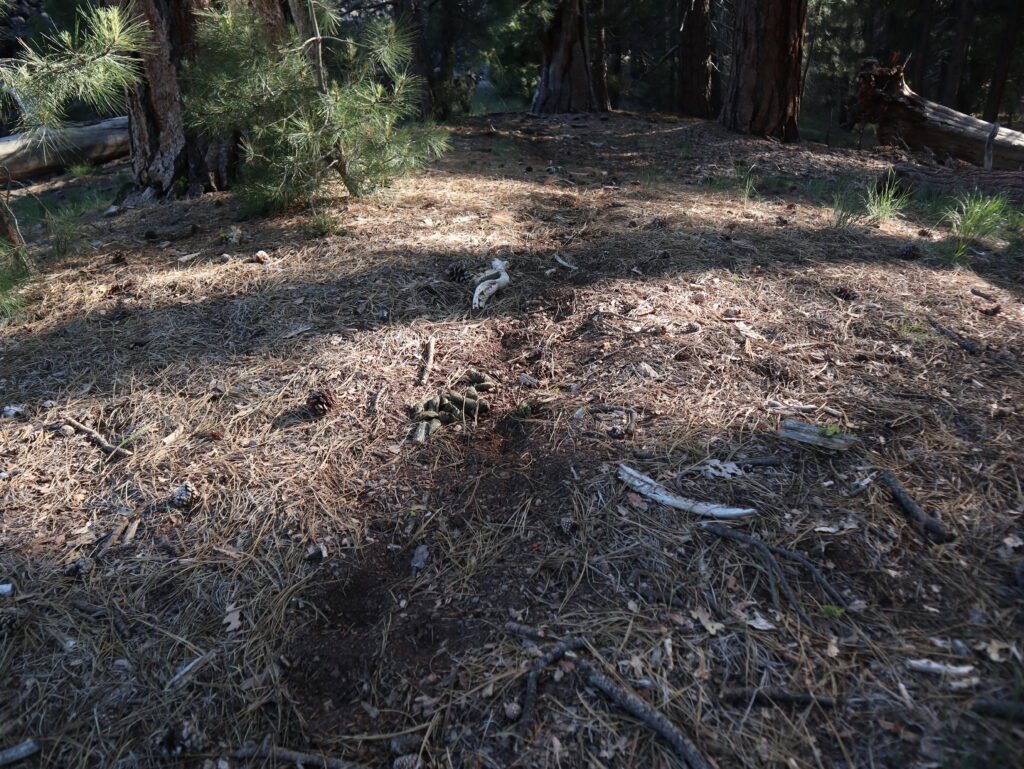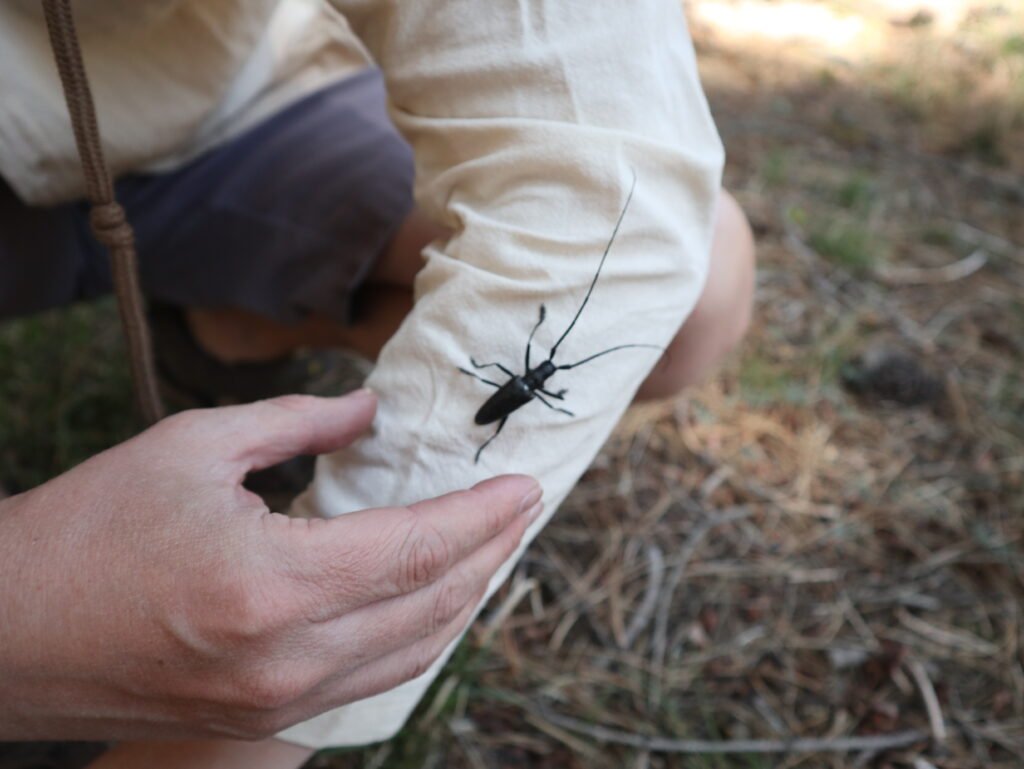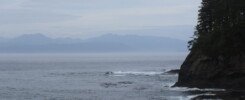Lassen Volcanic National Park, CA
A trip to Lassen Volcanic National Park last week (June 13-21) was a stark and stunning reminder of the power of nature, both in its fiery volcanic heart and its lingering winter grip. Our journey was dramatically split in two by the seasonal closure of the main artery, the Lassen Volcanic National Park Highway. Massive “walls of snow” still choked the high-elevation passes, cleaving the park into distinct northern and southern sections and forcing a scenic, two-hour detour via Highways 44 and 36 to experience its full splendor.
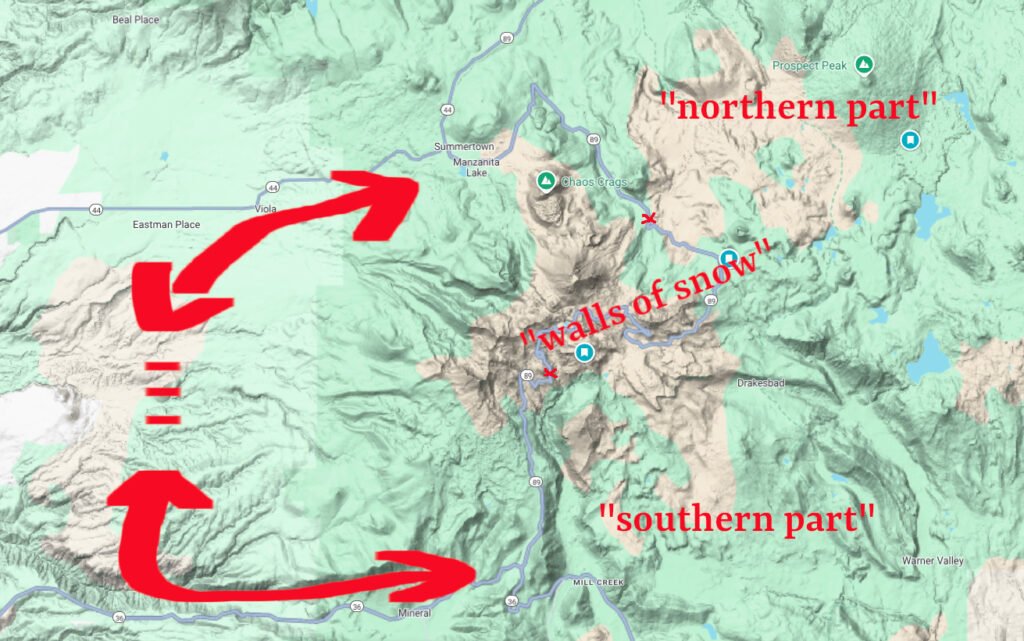
The North: Lakes, Lava and a Fiery Past
Our first two nights were spent in the northern reaches of the park at the Manzanita Lake Campground. A true gem, this campground not only offers idyllic sites nestled amongst the pines but also boasts the welcome luxury of hot showers – a rare and cherished amenity for any camper. The area is a photographer’s dream, with the crystal-clear waters of Manzanita and Reflection Lakes offering breathtaking mirror images of the rugged peaks if stillness of water surface allows, we have been told the best time is the earliest morning.
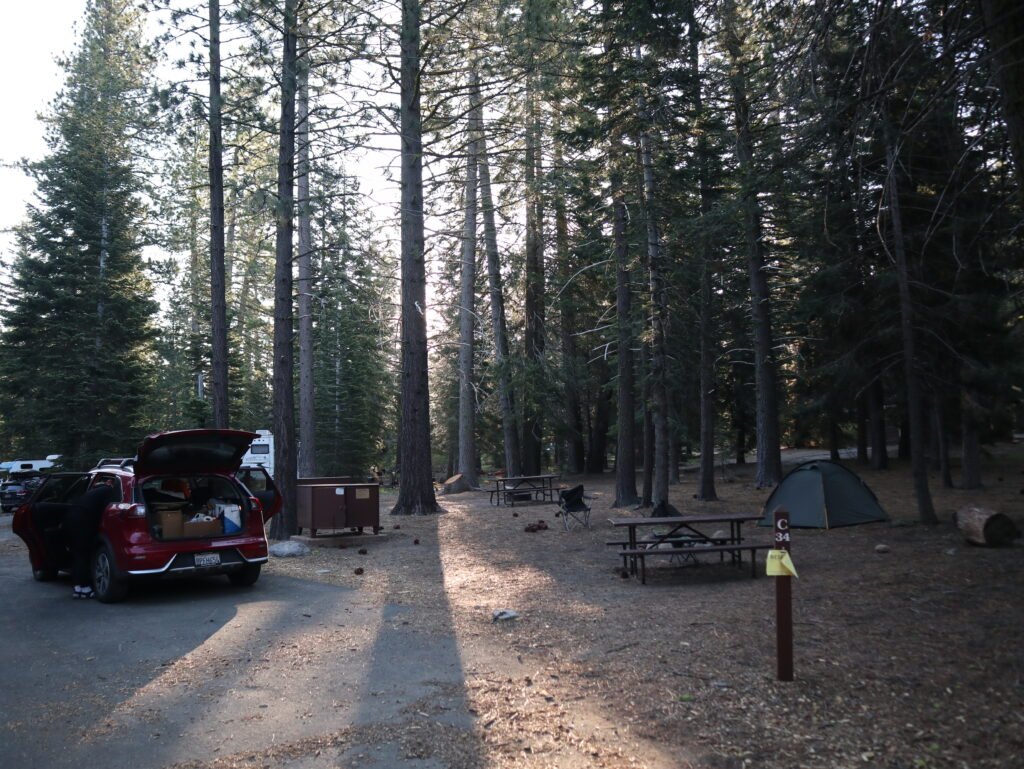
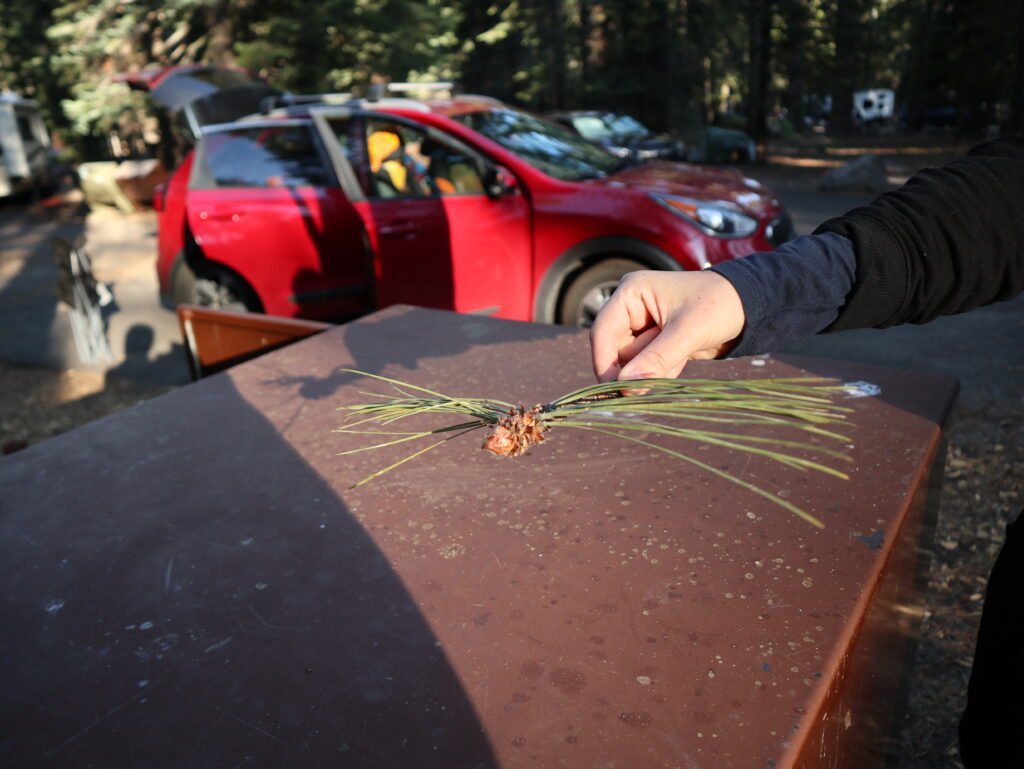
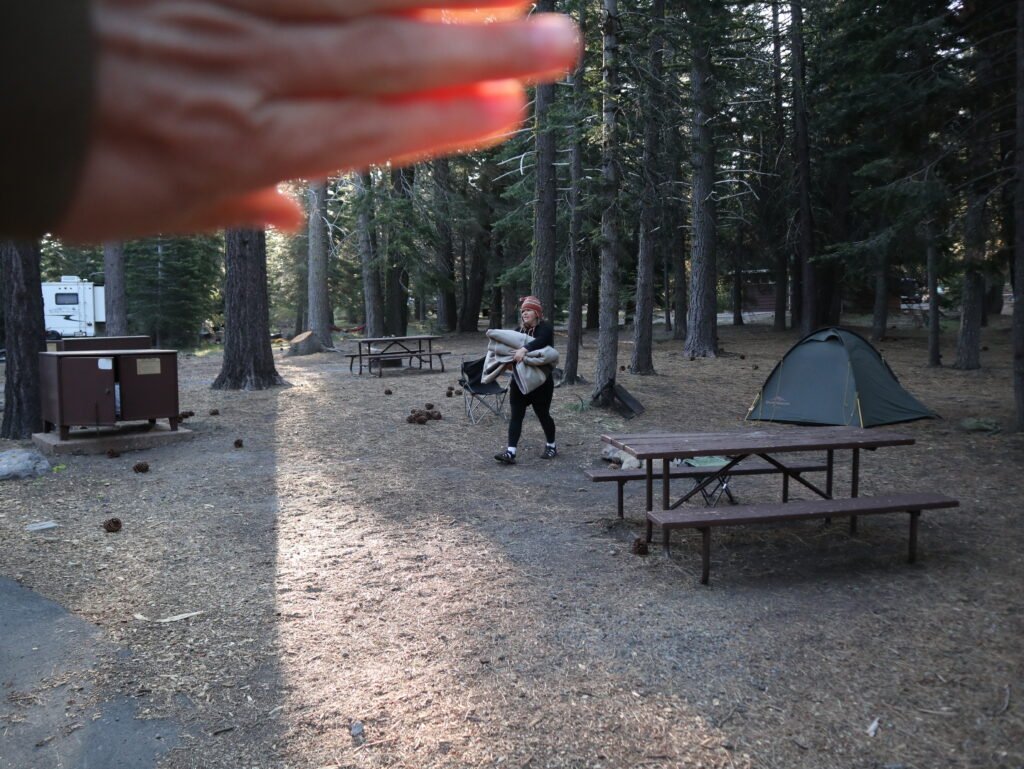
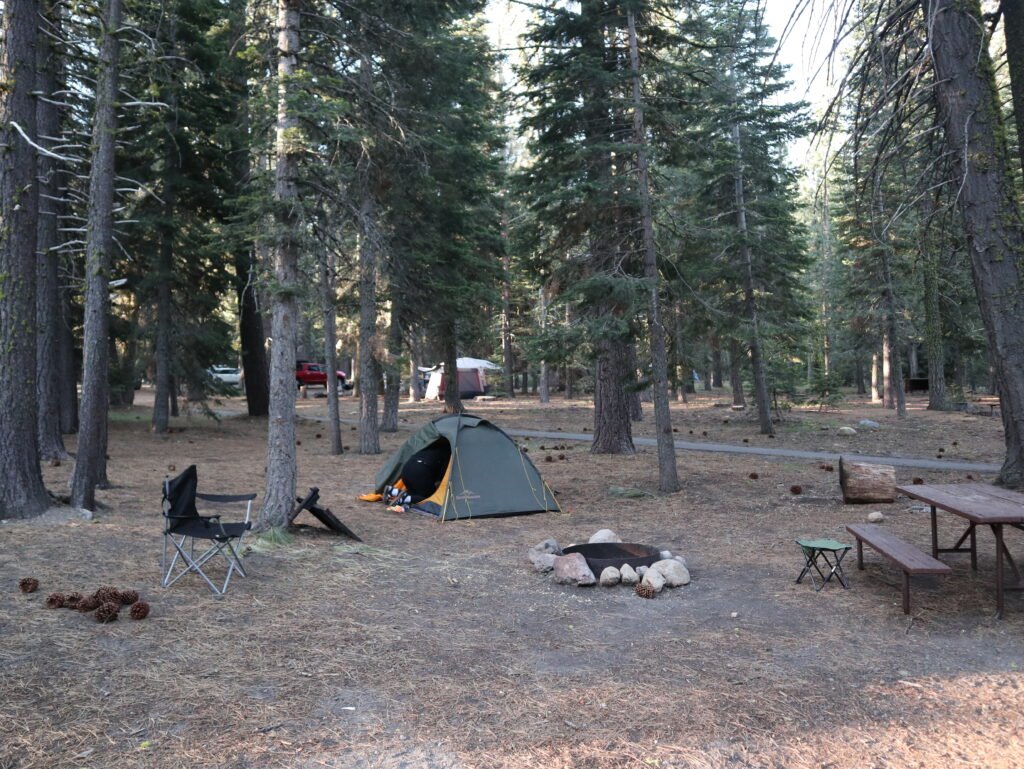
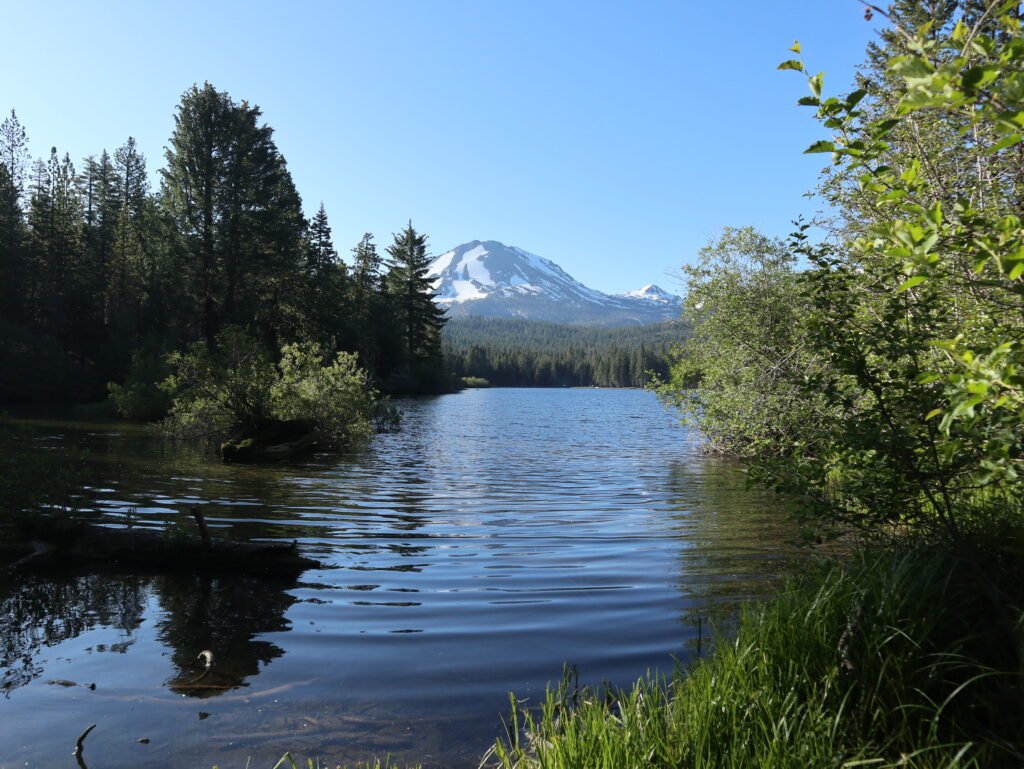
The landscape here is a raw testament to volcanic fury. We explored the Devastated Area, a stark landscape scarred by the 1915 eruption of Lassen Peak. A fascinating geological contrast is on display: the older, 21,000-year-old eruption deposits are characterized by their distinctive pinkish hue, a stark difference to the dense, grey “bombs” hurled from the volcano in 1915.
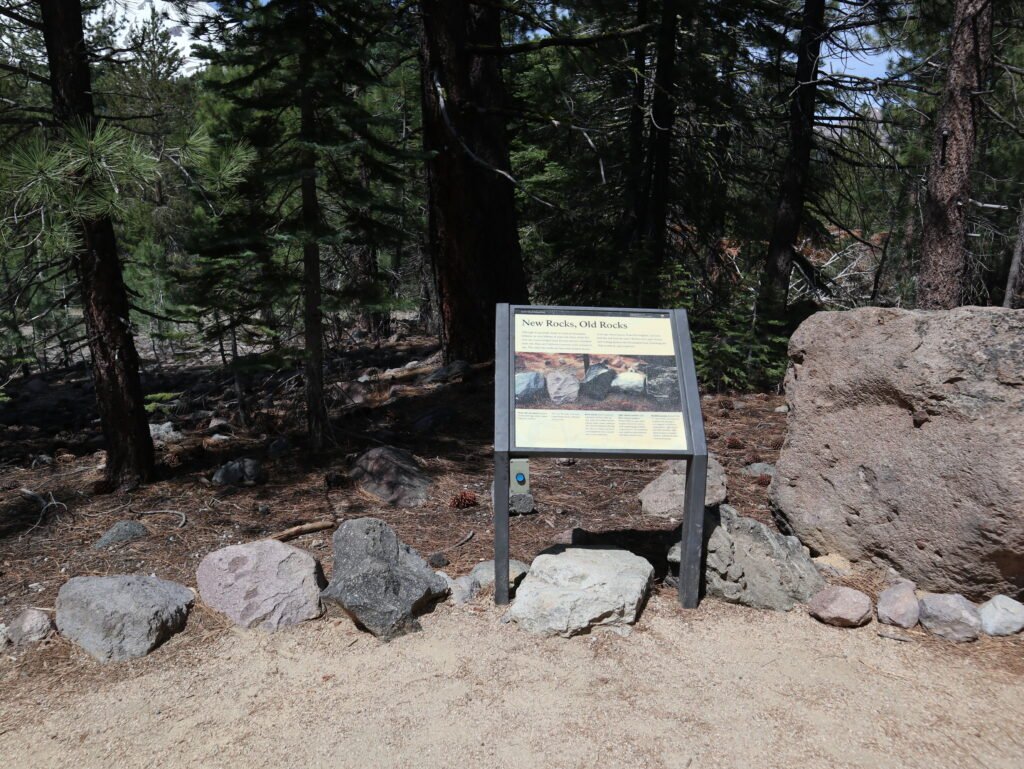
We also marveled at the imposing Chaos Crags, a series of young lava domes that loom over the landscape, their jagged slopes a testament to more recent volcanic activity.
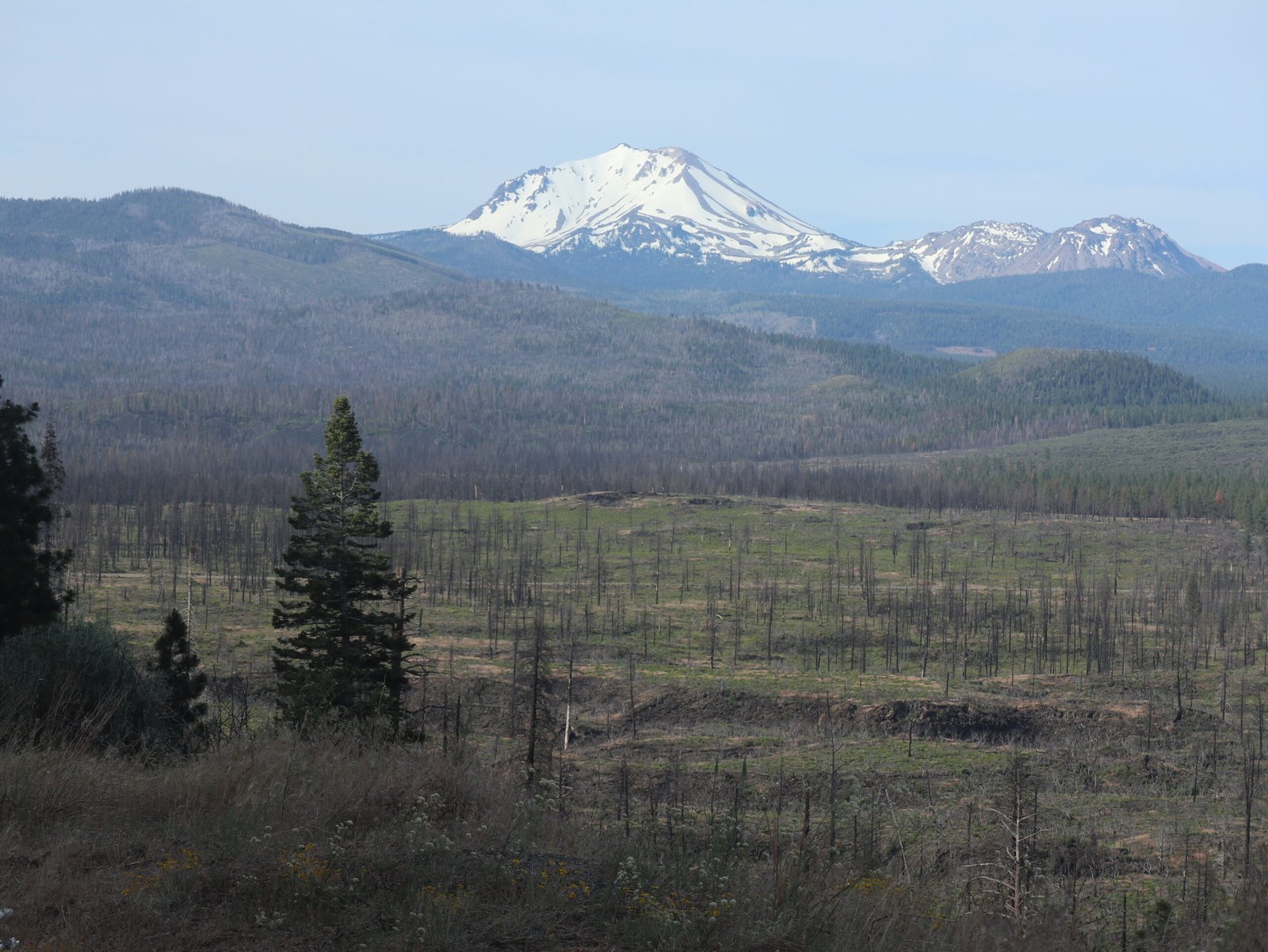
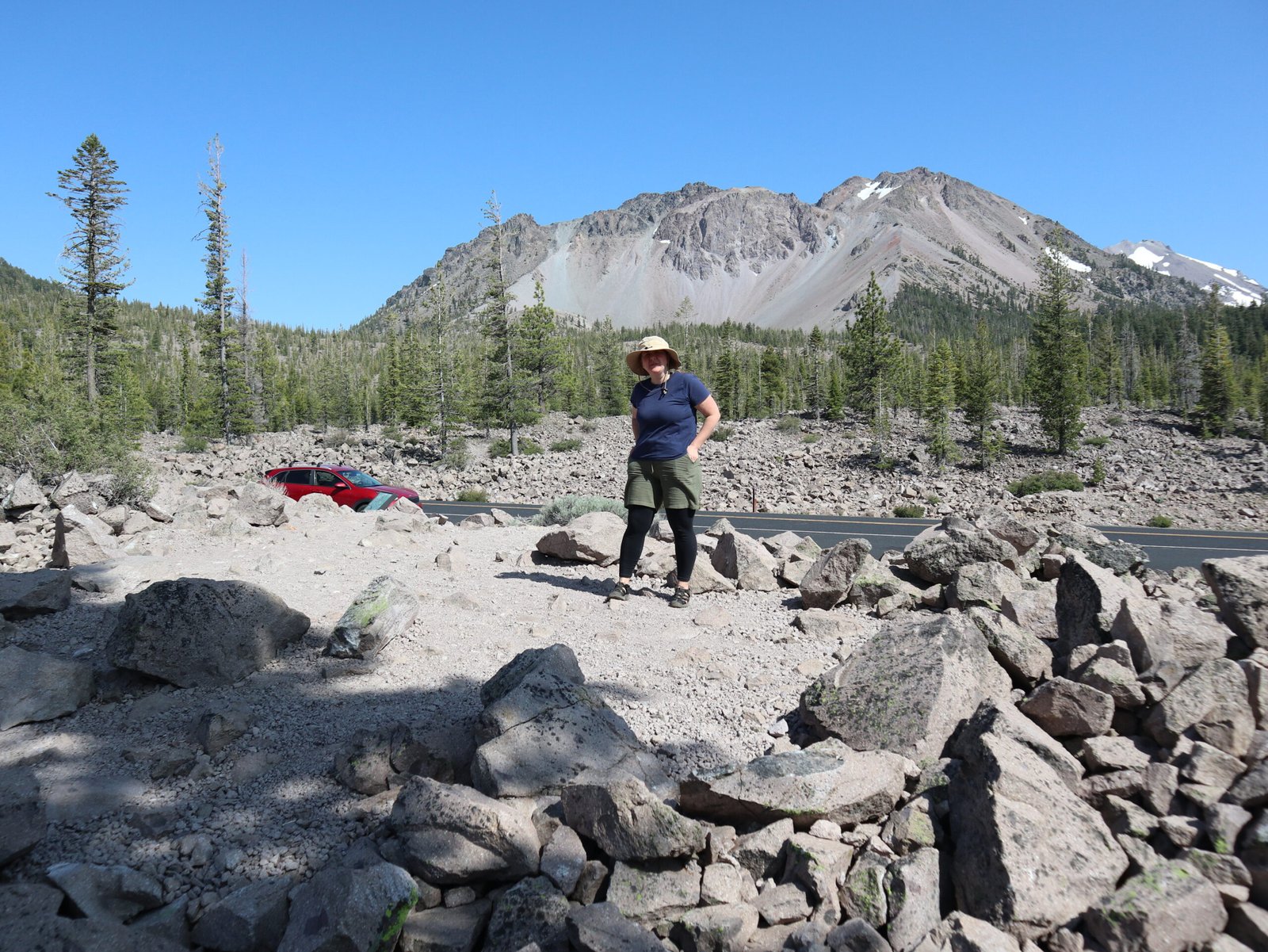
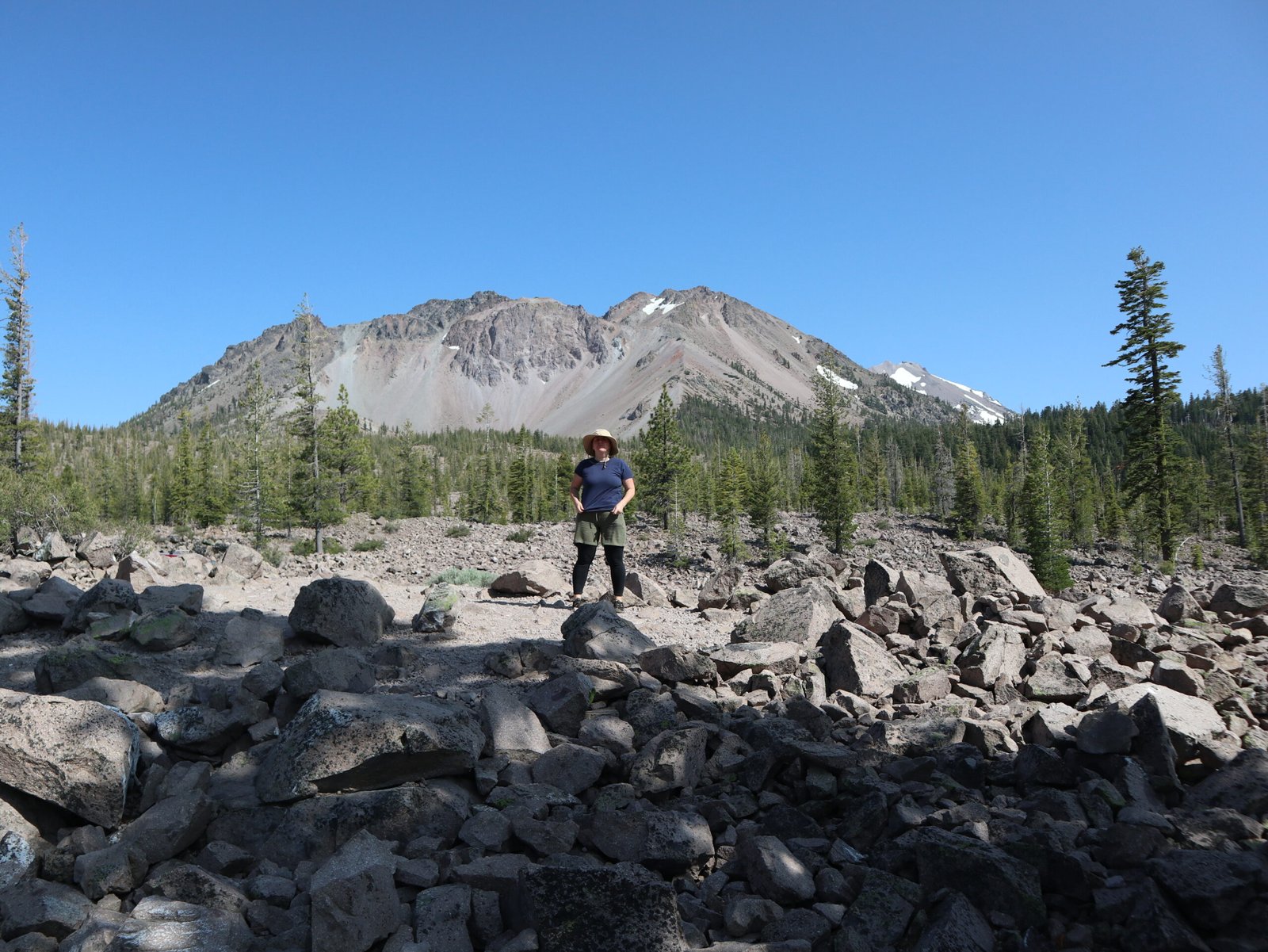
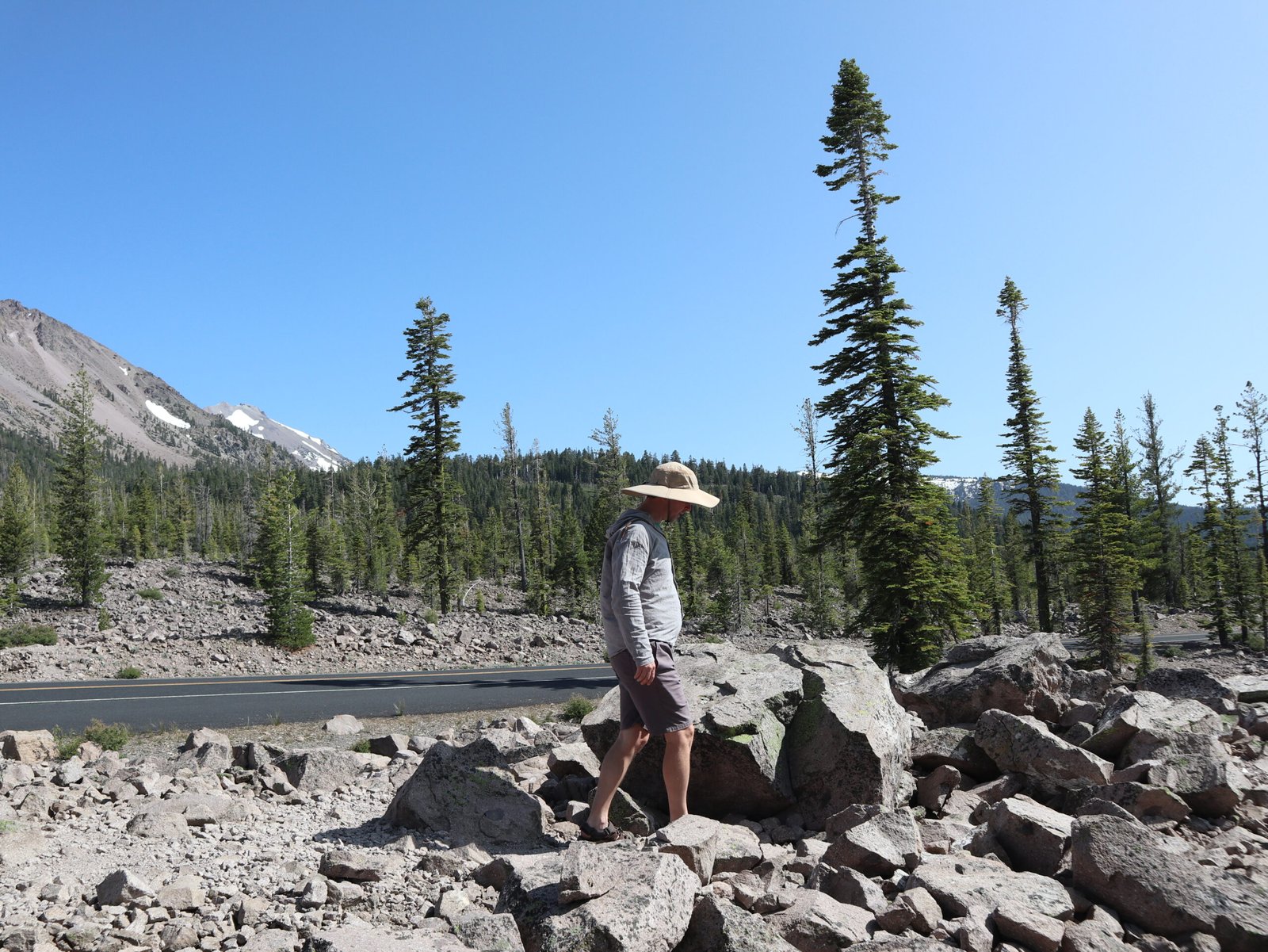
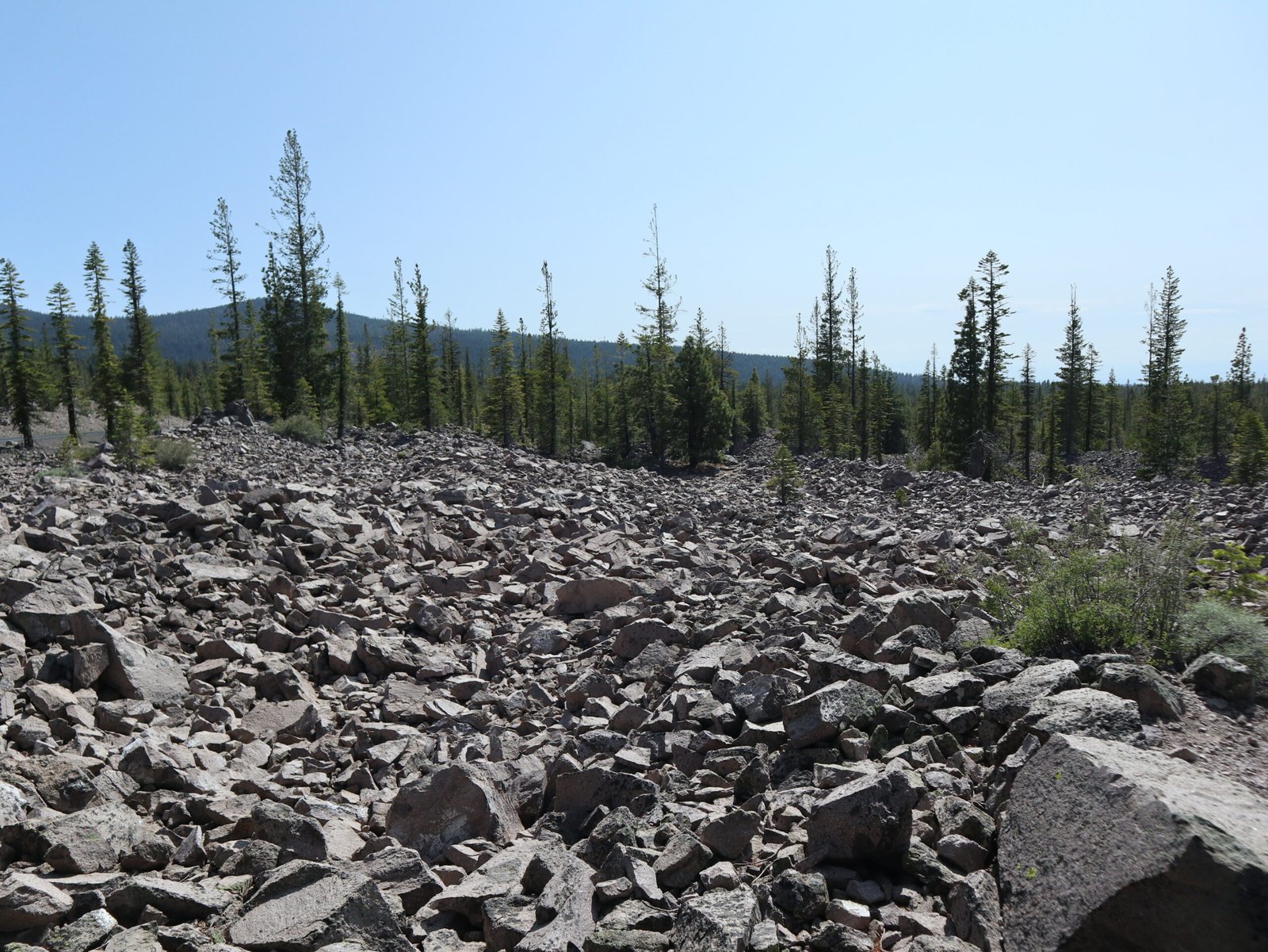
A highlight was the hike to Paradise Meadows, a beautiful trail that winds through forests and opens up to stunning mountain vistas.
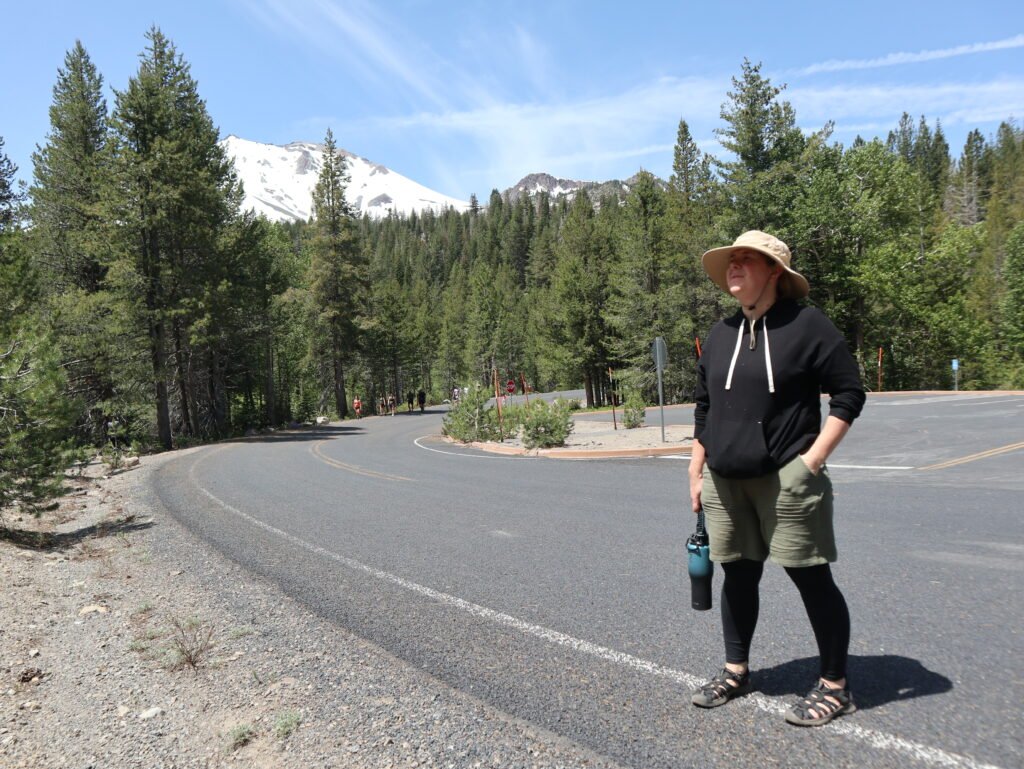
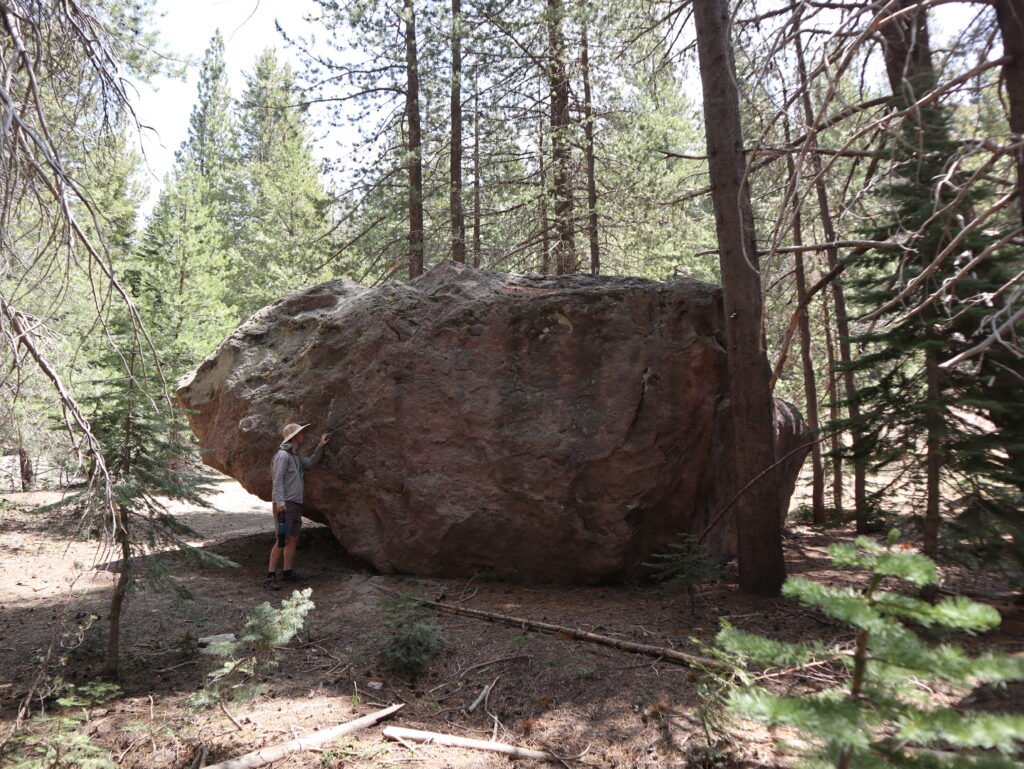
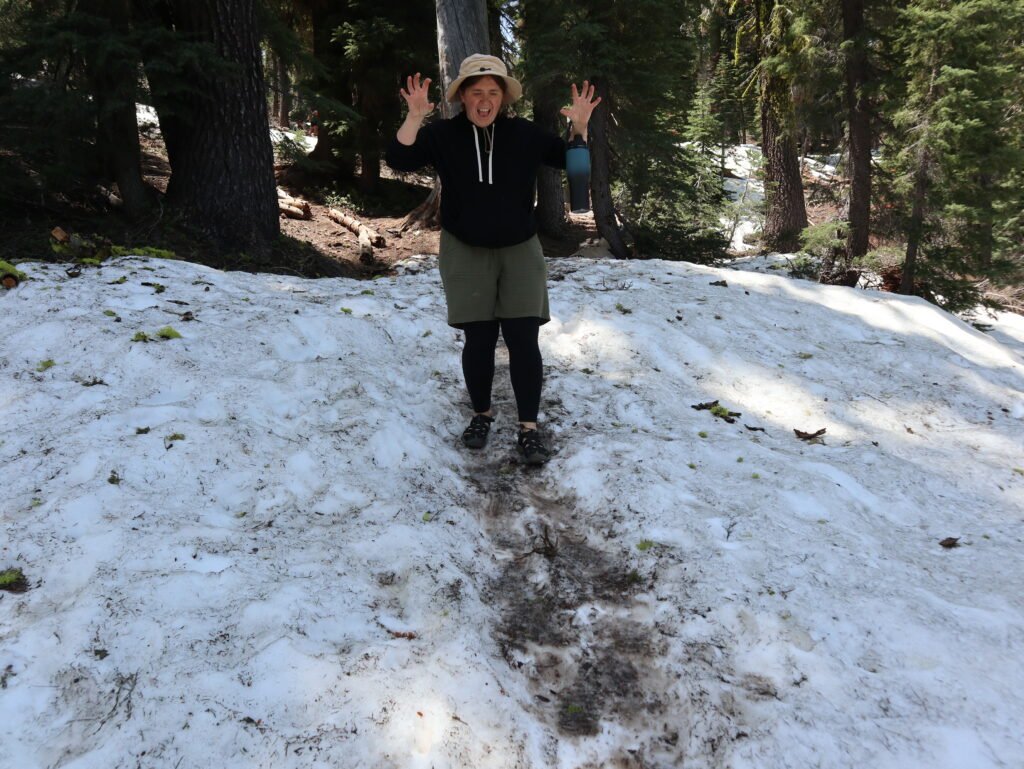
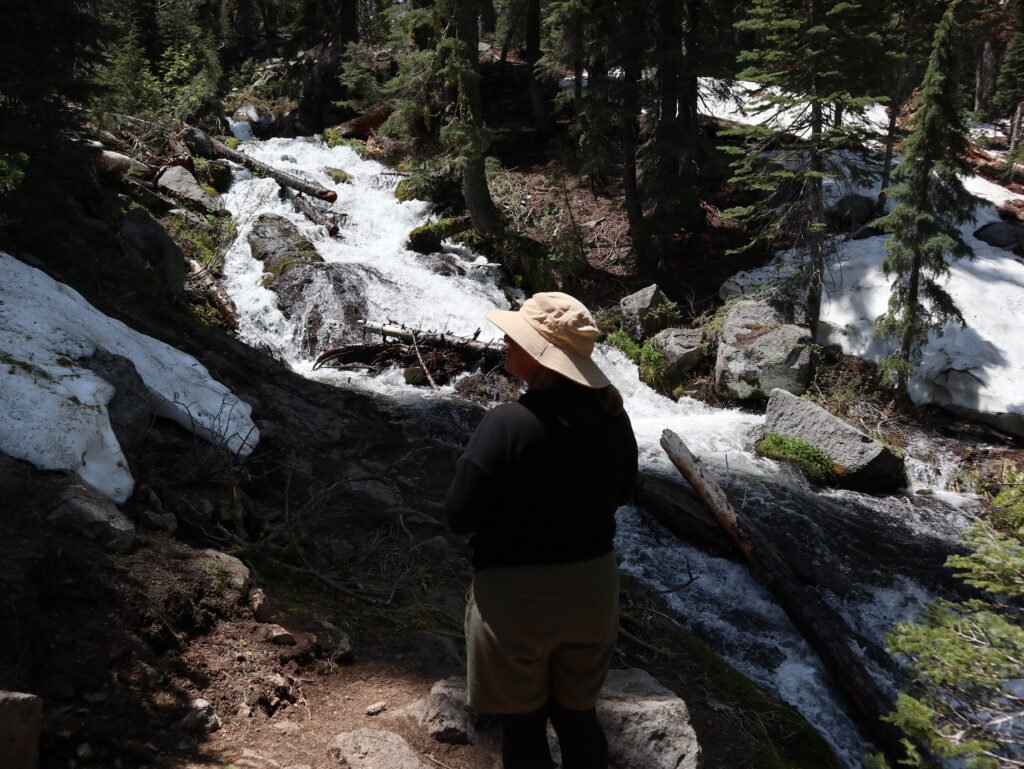
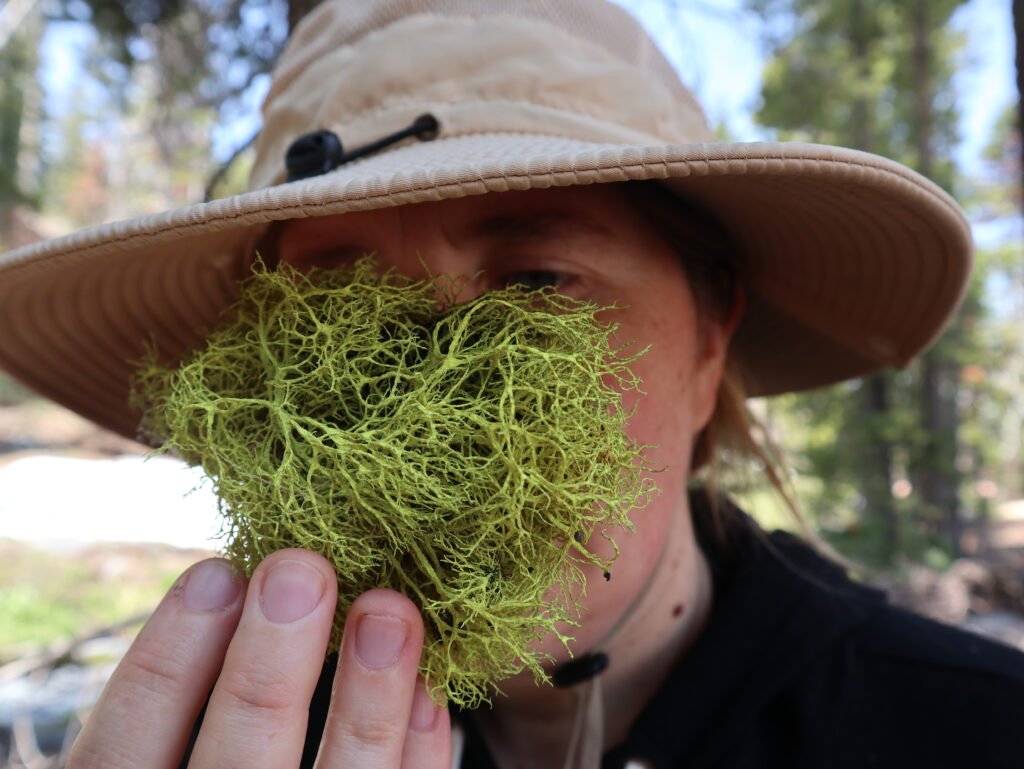
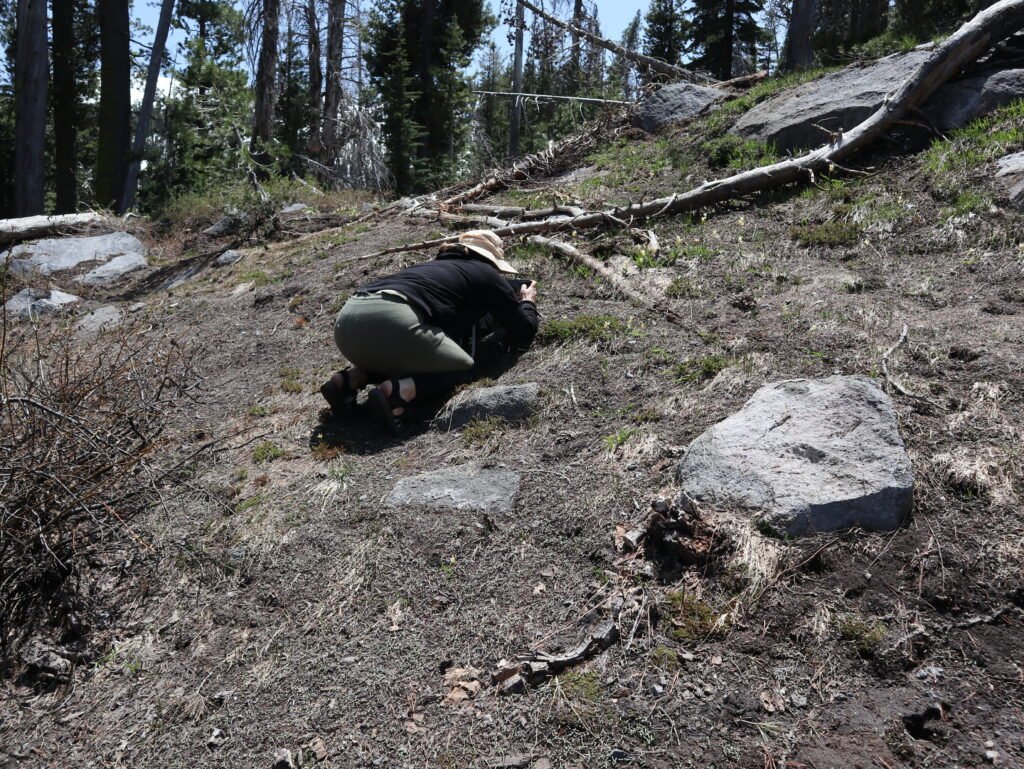
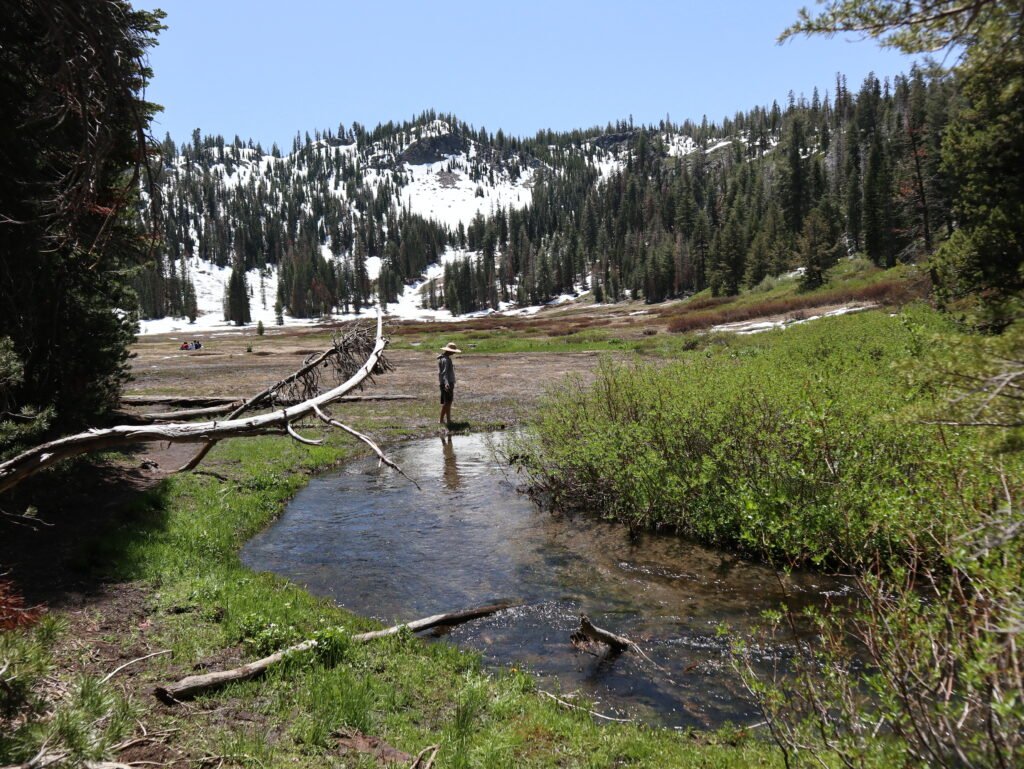
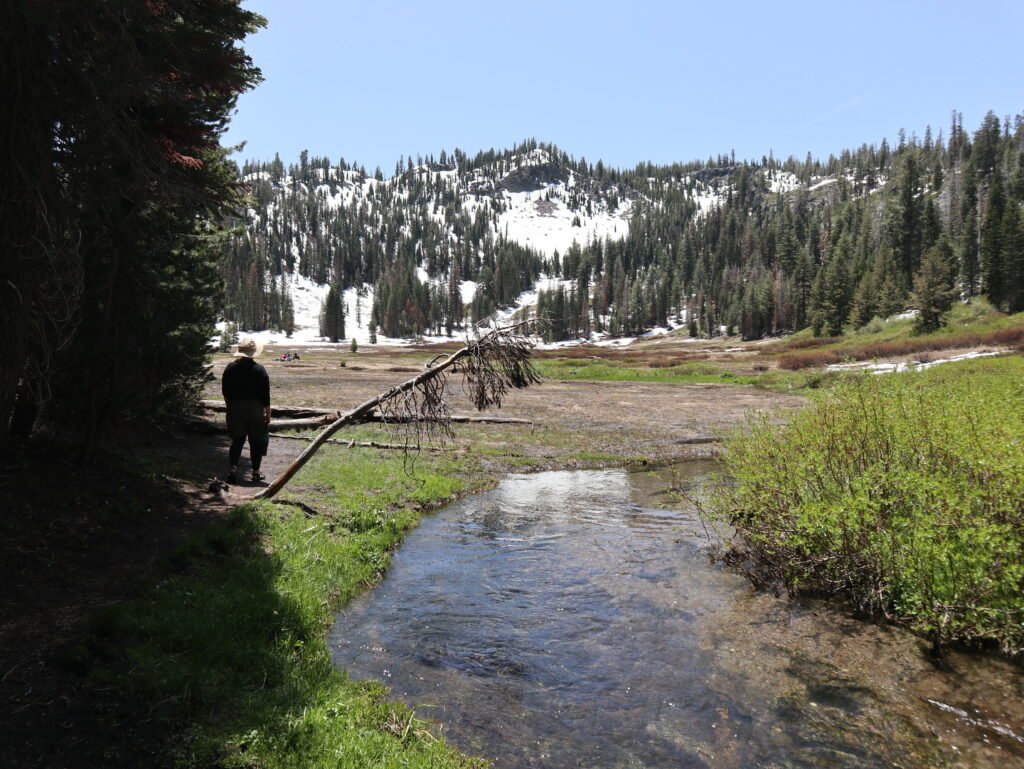
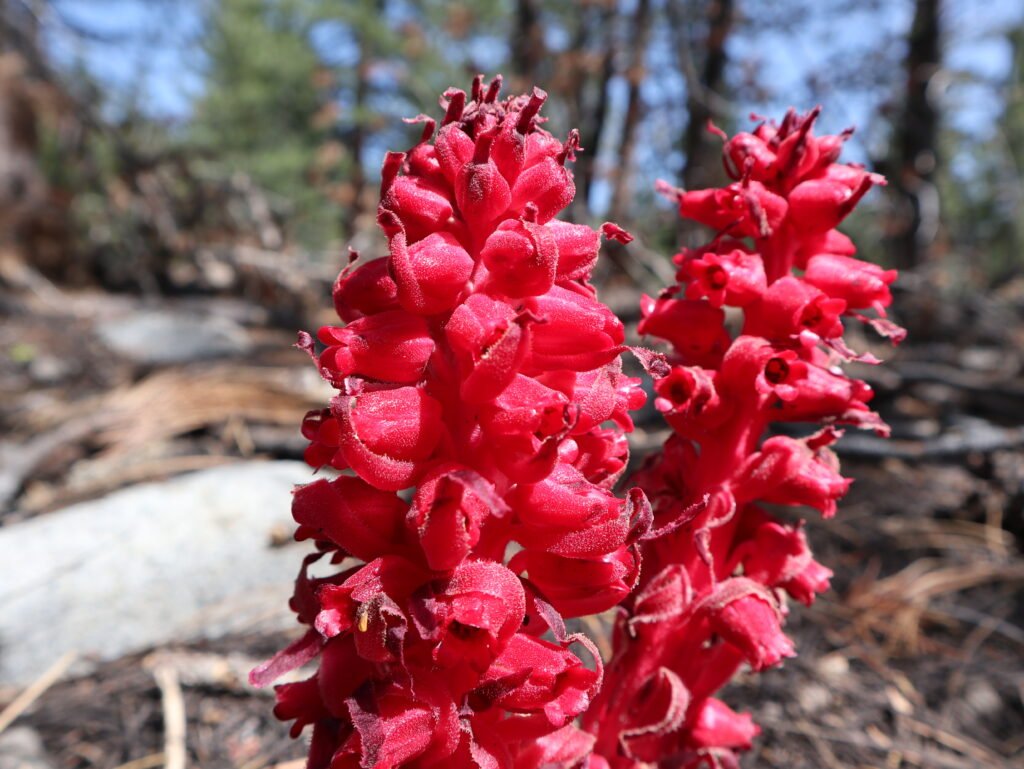
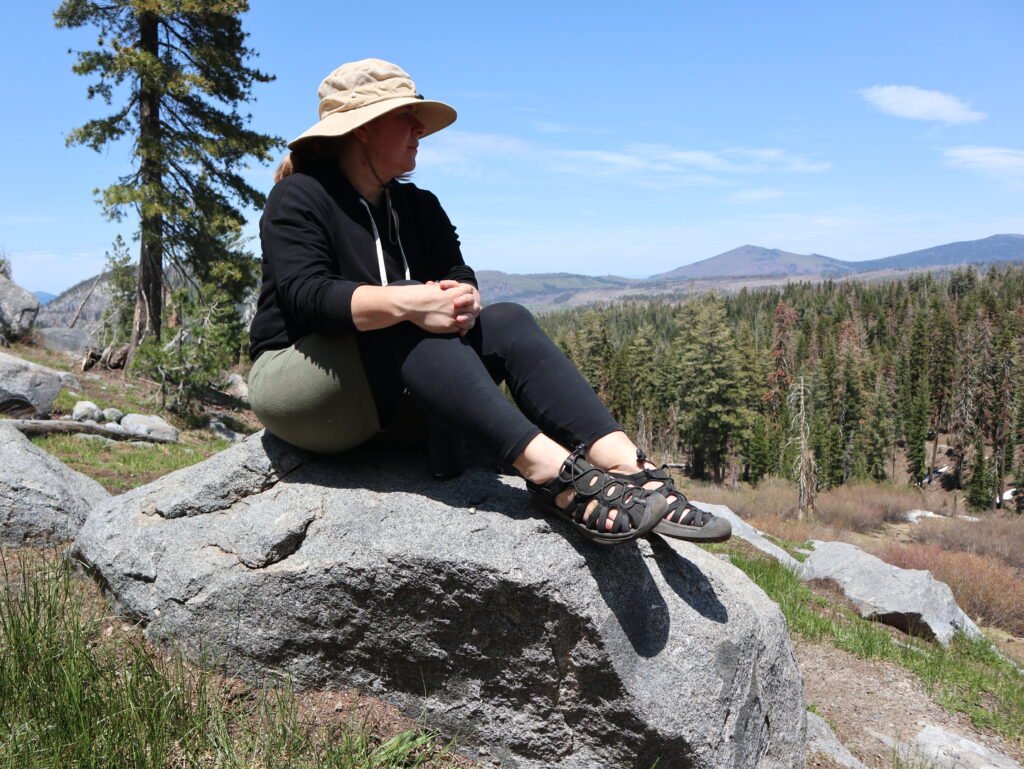
One of the most impressive features in this section is the “Hot Rock.” This massive andesite block, weighing an estimated 300 tons, was ripped from the volcano’s lava dome during the 1915 eruption and deposited nearly five miles away. It remained hot for more than a week after the eruption, a tangible and awe-inspiring piece of the park’s dynamic history.
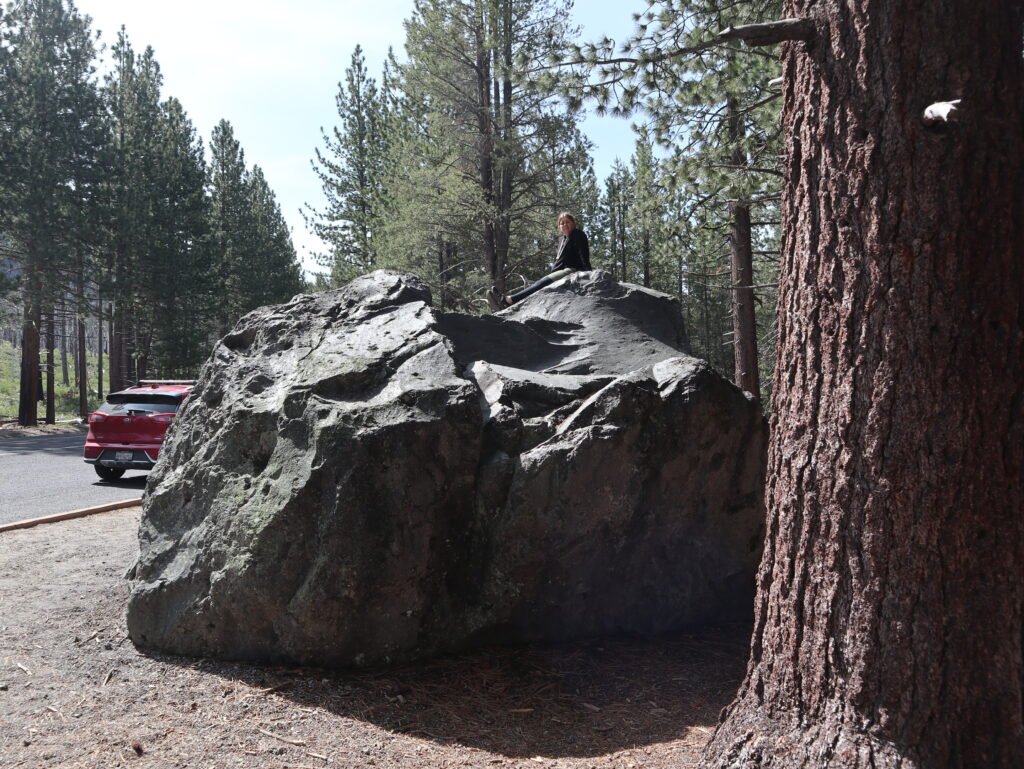
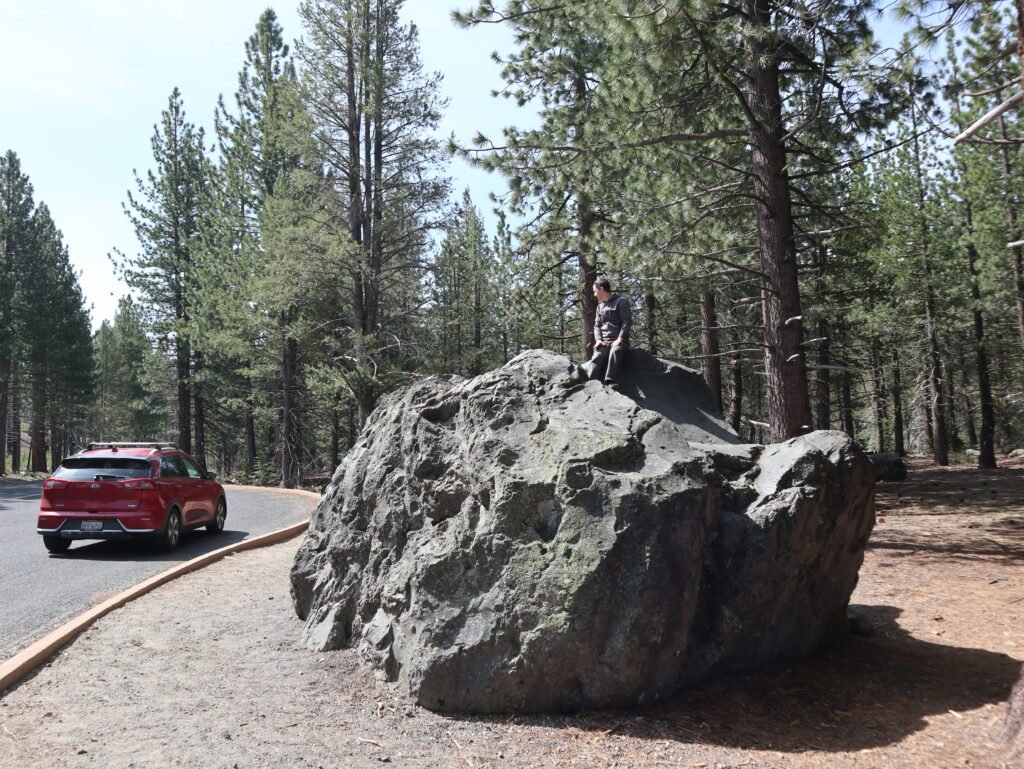
The South: A Supervolcano’s Legacy and Icy Beauty
To reach the southern portion of the park, we embarked on a picturesque two-hour drive, a journey that transported us to a landscape shaped by an even more ancient and colossal force. The Sulphur Works area, with its bubbling mudpots and hissing fumaroles, sits within the caldera of the ancient supervolcano, Mount Tehama (also referred to as Brokeoff Volcano by some). This massive volcano, which erupted catastrophically around 600,000 to 400,000 years ago, once towered over the region before its eventual collapse. Standing amidst the remnants of this geological giant is a humbling experience.
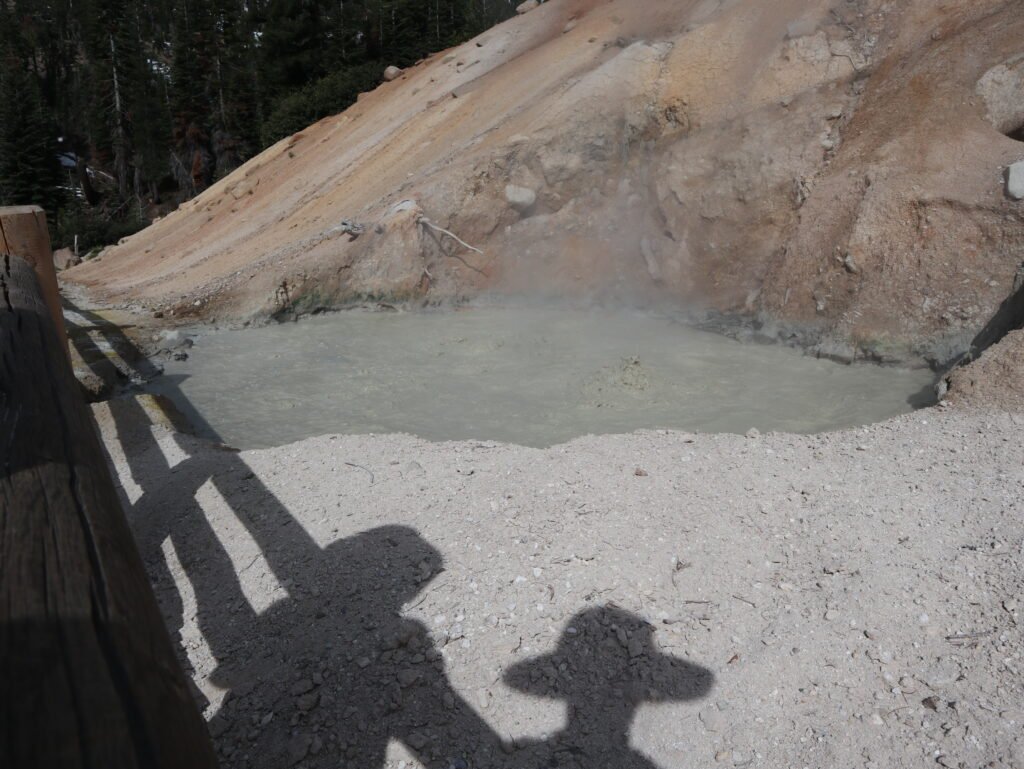
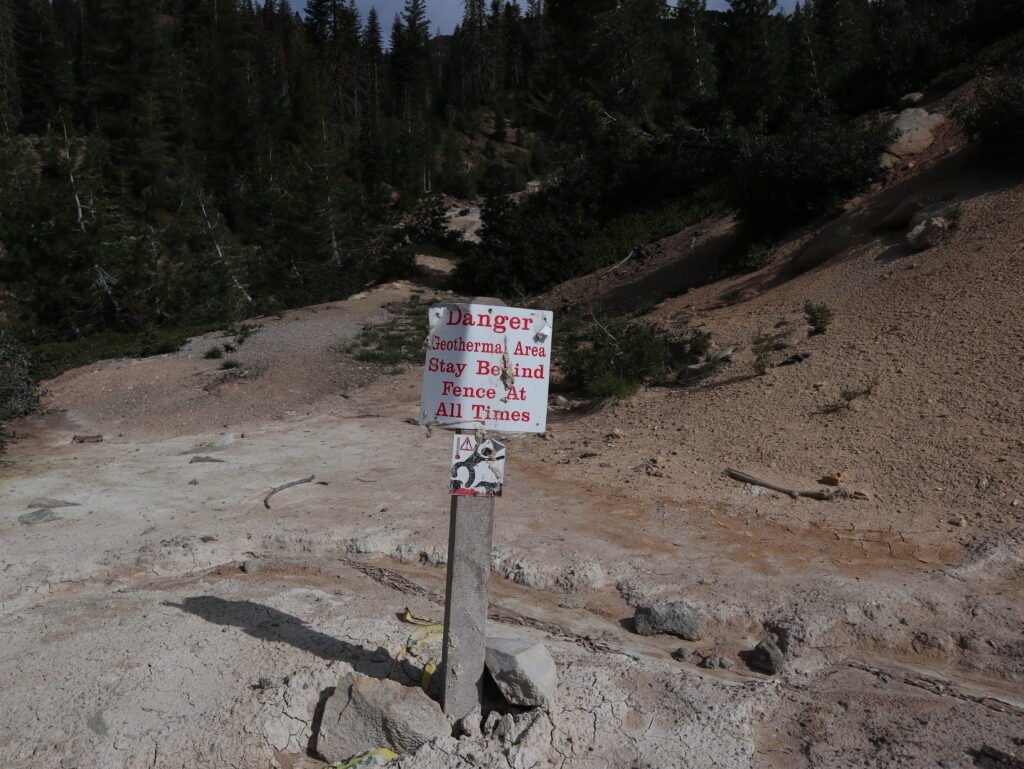
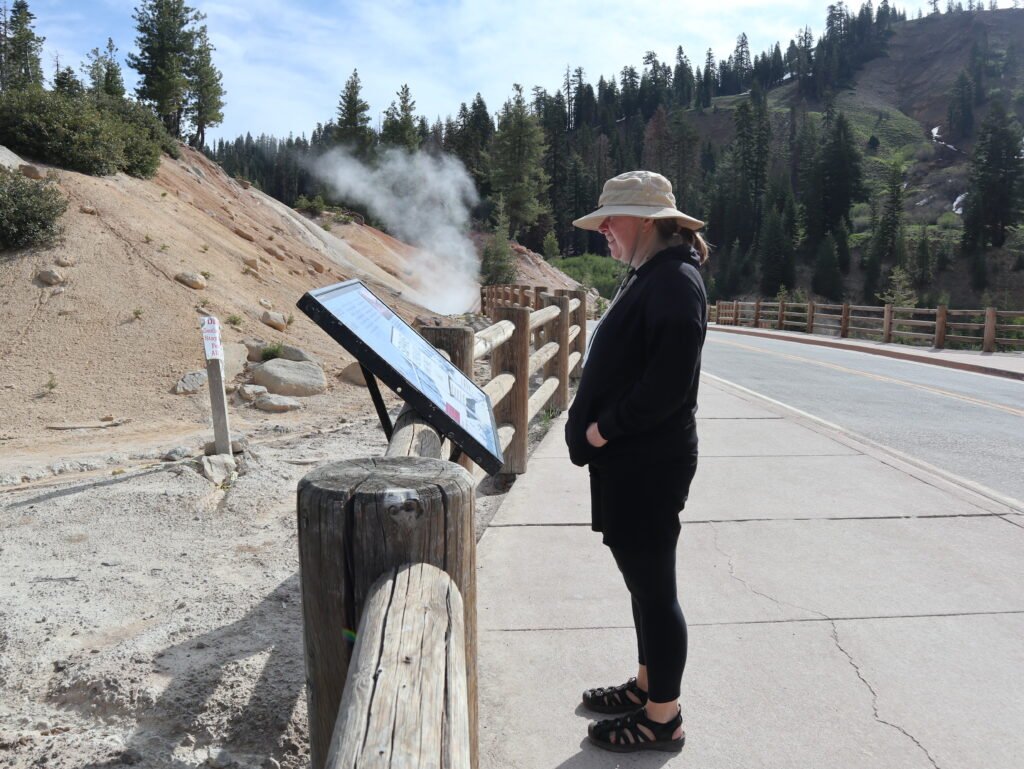
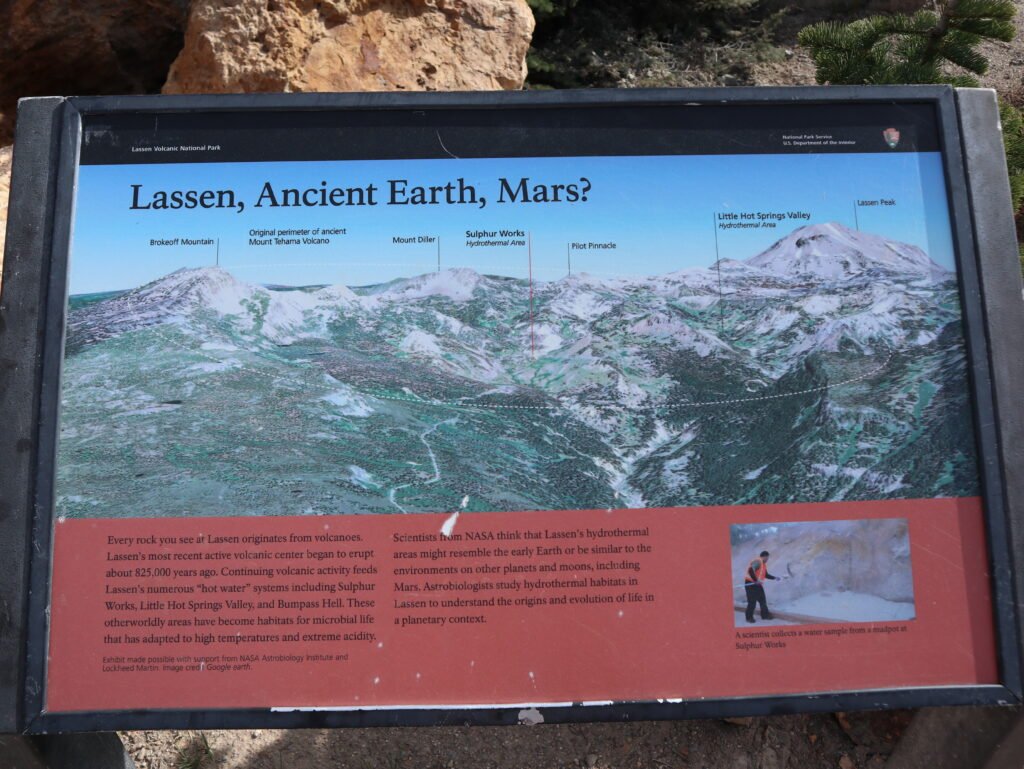
Unfortunately, the famed Bumpass Hell trail, a boardwalk path through the largest hydrothermal area in the park, was still impassable, buried under immense snowdrifts. Instead we enjoyed “walls of snow” as a ranger said along the closed road to Lassen Summit trailhead parking. The unusual barefoot hike along the cleared portion of the park road offered its own breathtaking rewards. Lake Helen, still largely frozen, shimmered with an almost ethereal, beautiful light blue color, the ice and snow creating a surreal and captivating scene against the backdrop of the surrounding peaks.
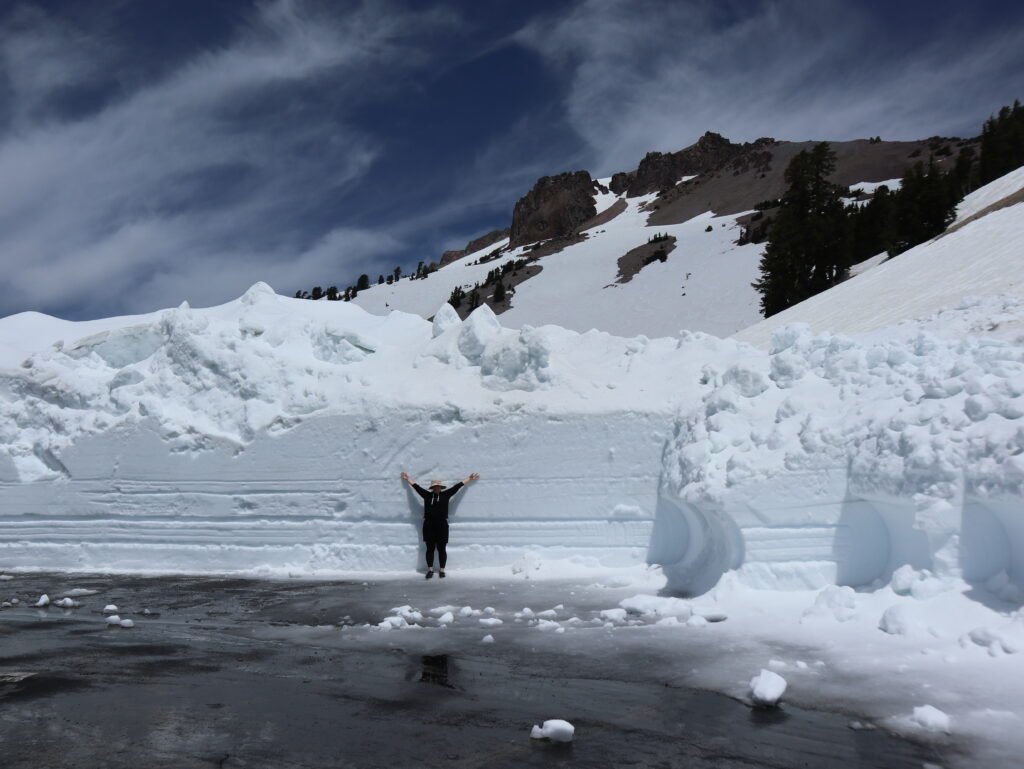
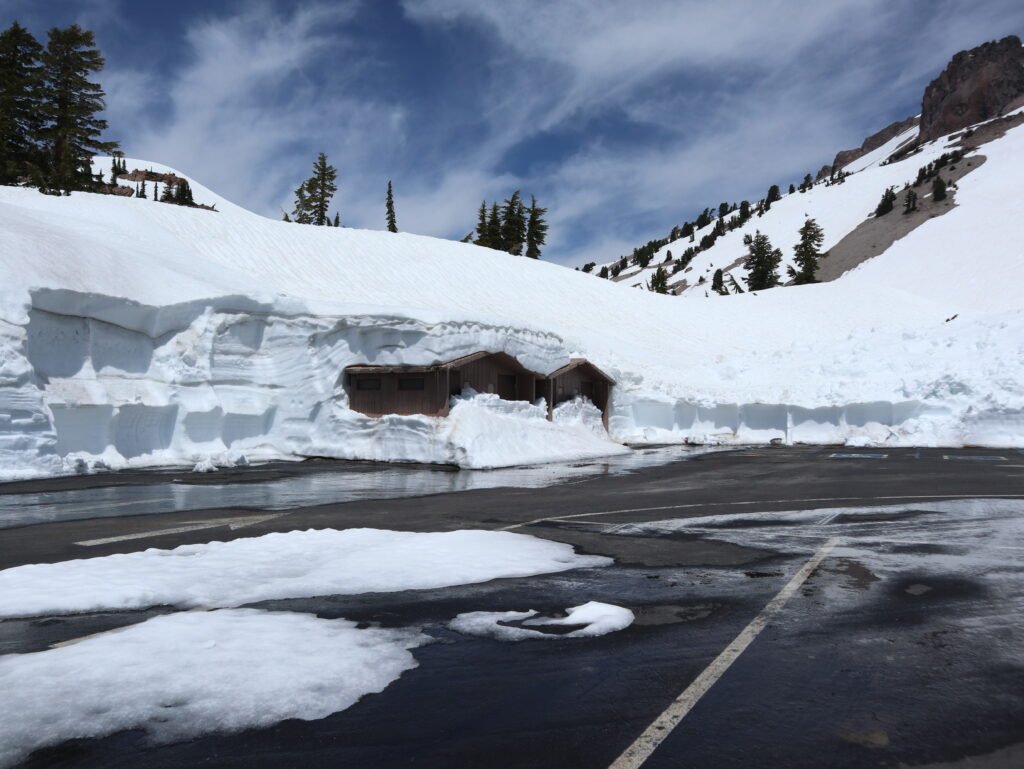
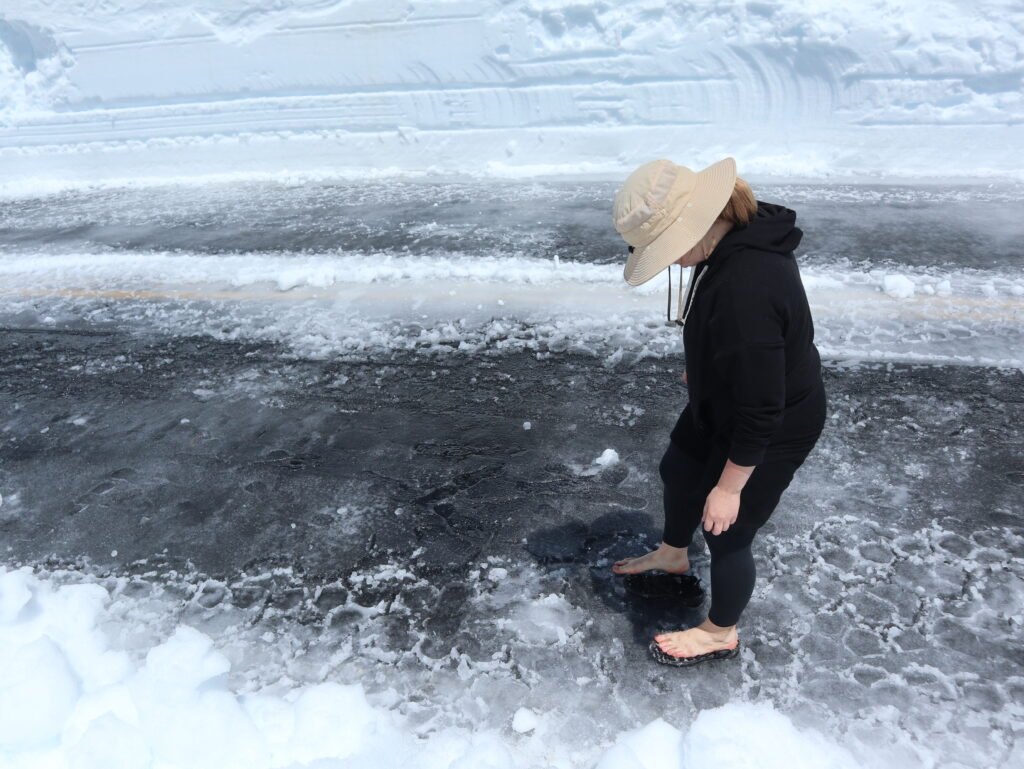
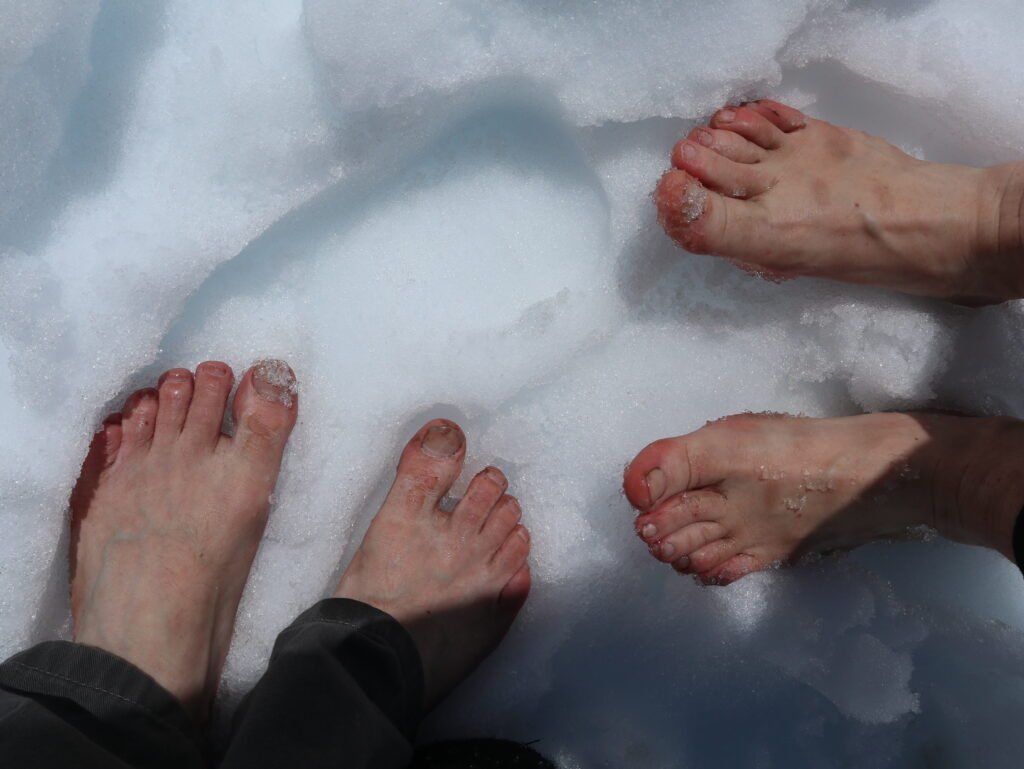
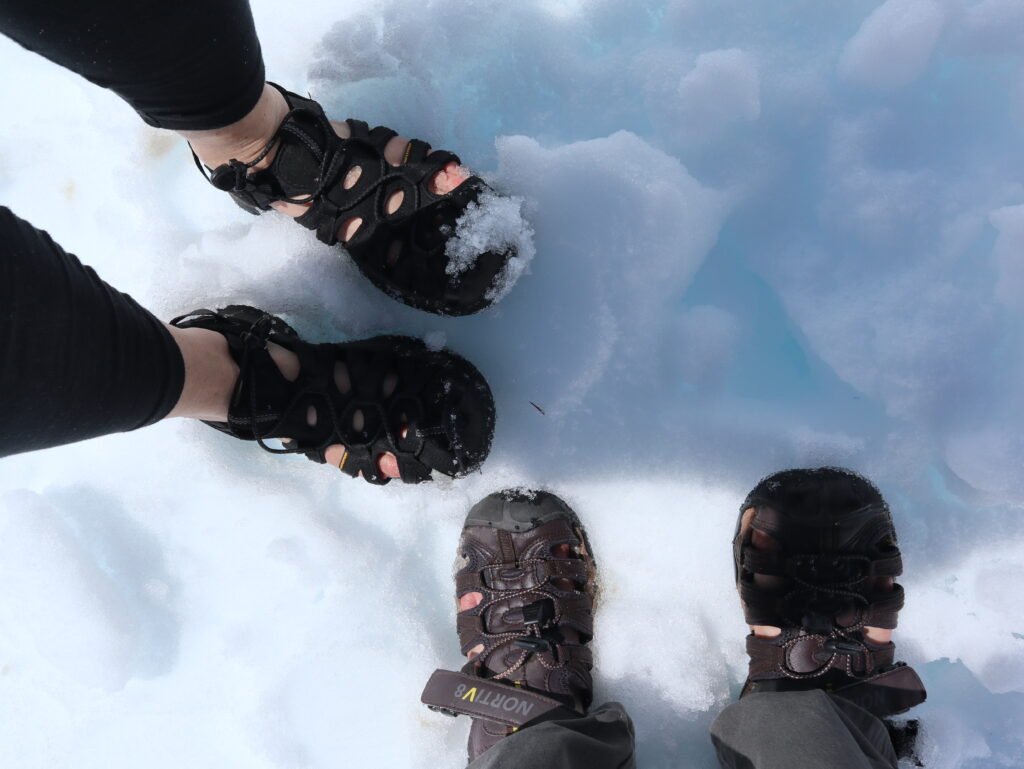
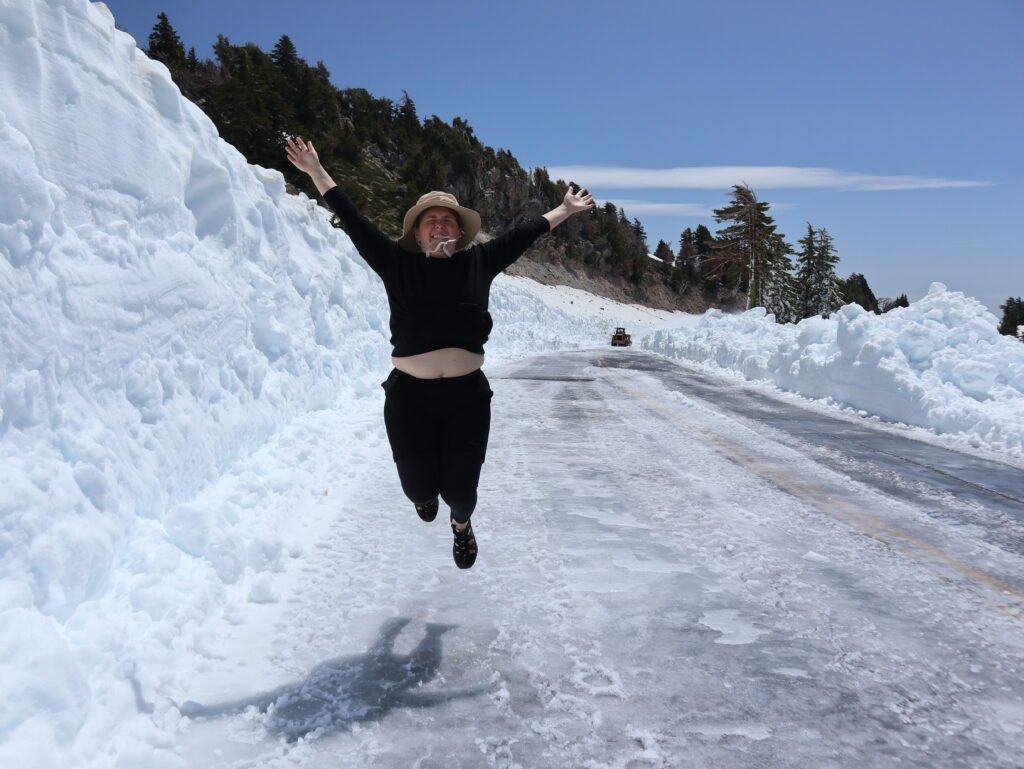
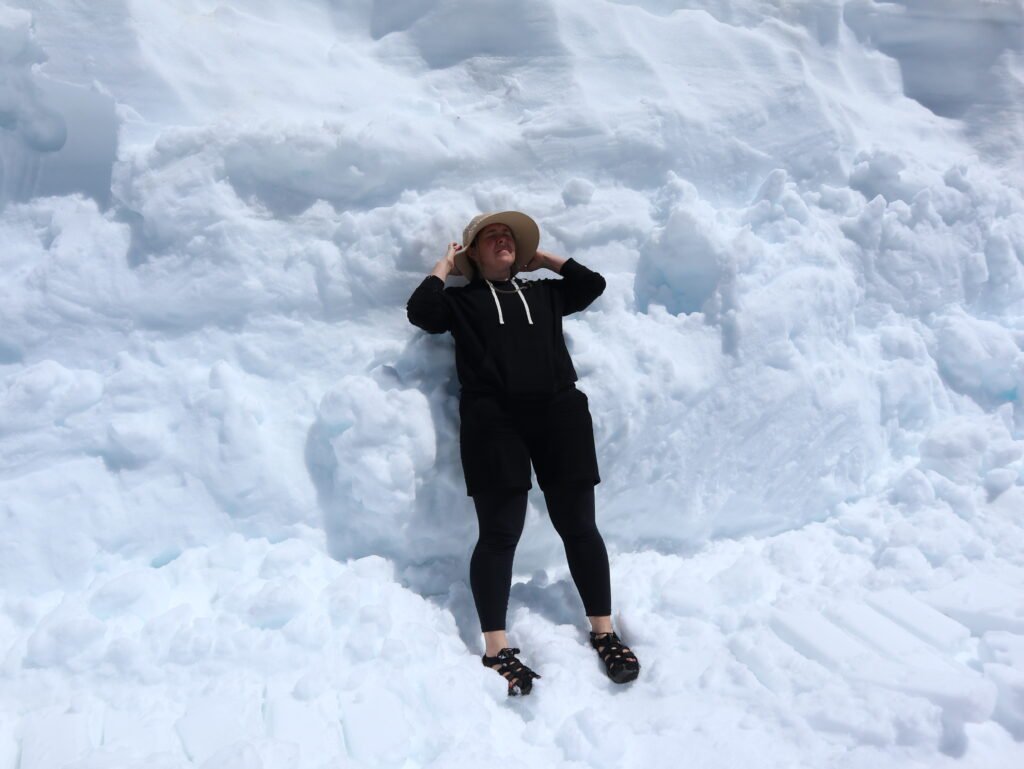
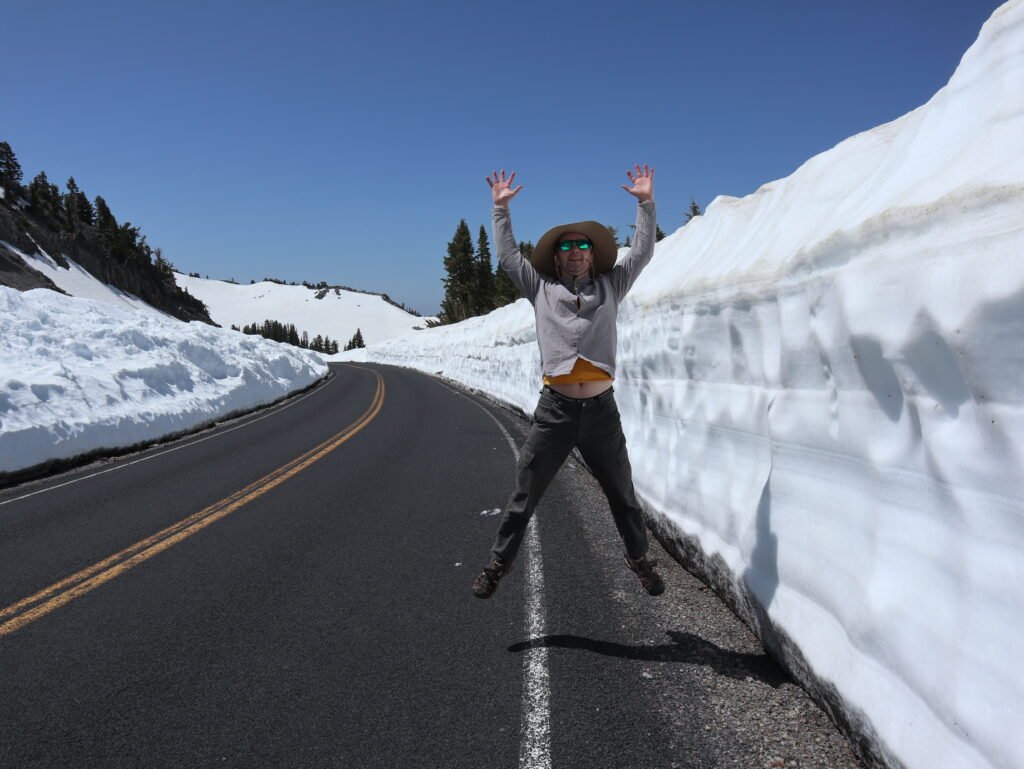
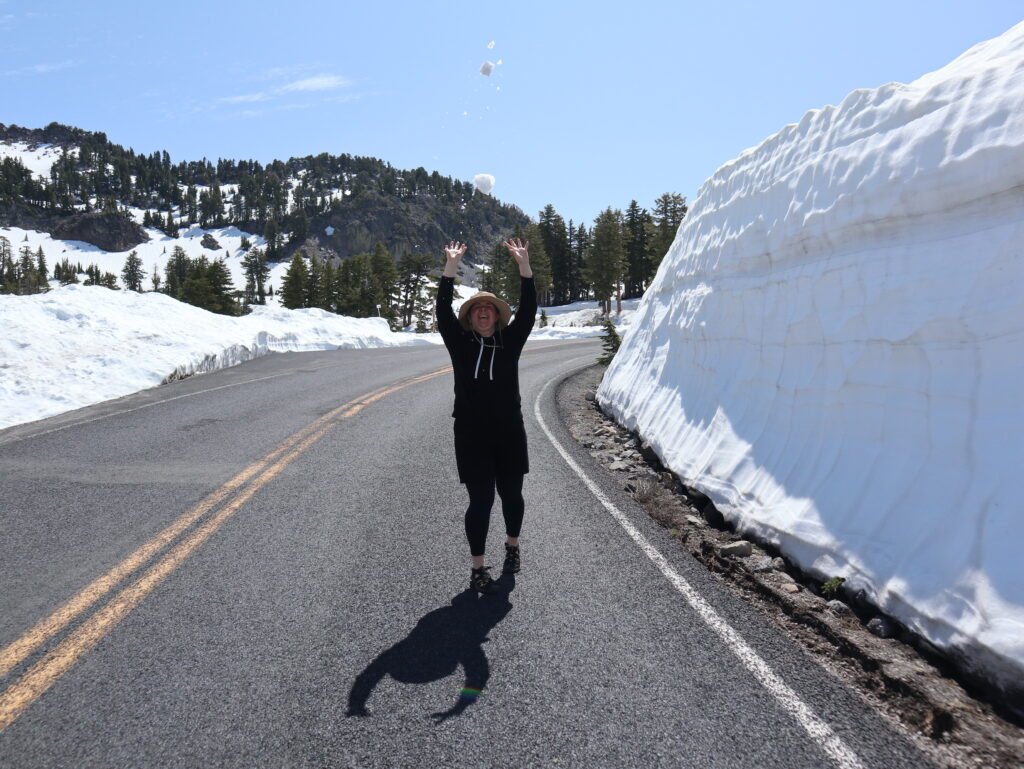
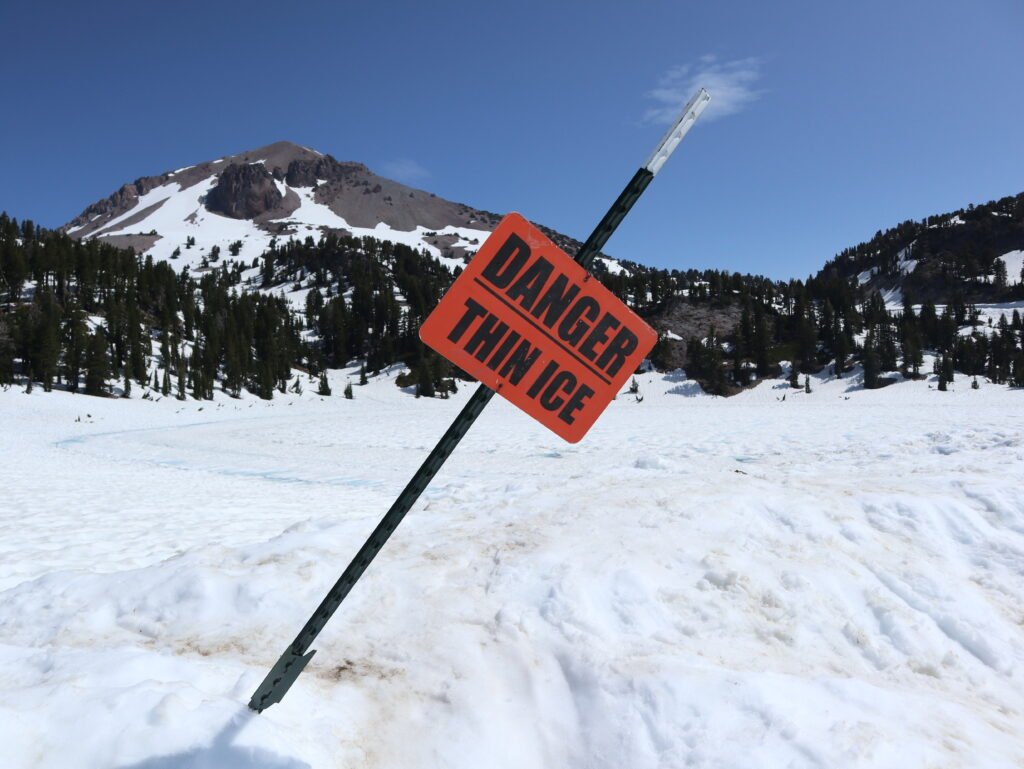
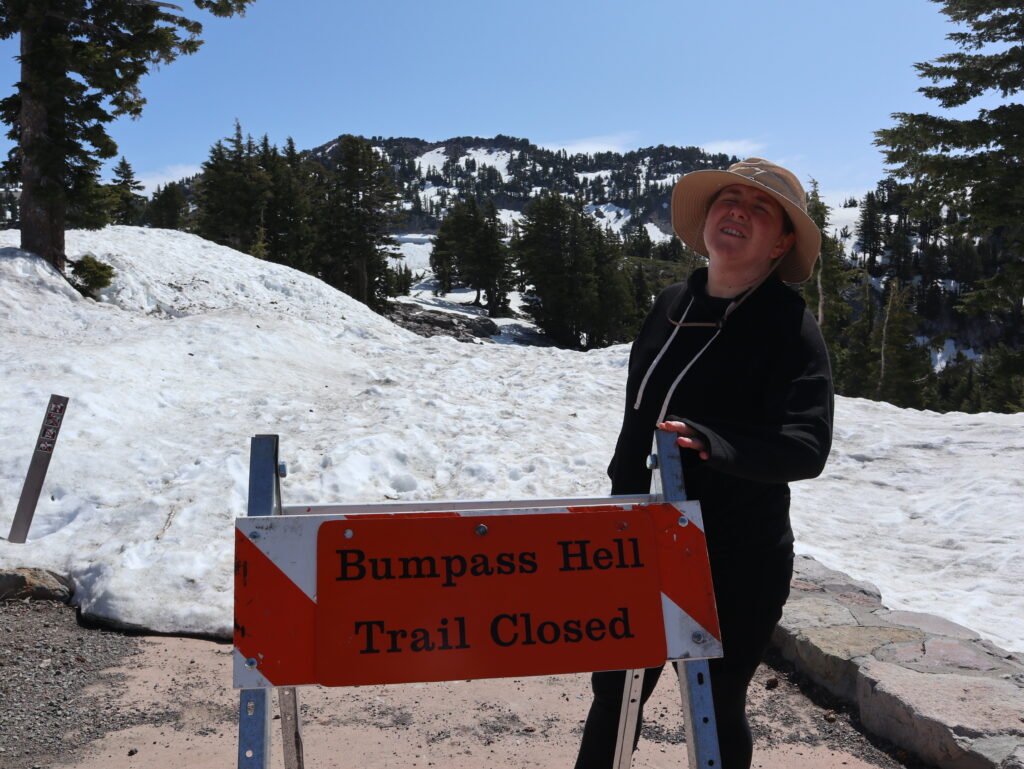
Butte Lake: Cinder Cones and Nocturnal Visitors
Our final camping destination was Butte Lake, located in a more remote corner of the park. Here, we tackled the challenging but incredibly rewarding hike to the summit of Cinder Cone. Heeding the warnings about the intense sun exposure on the loose, dark cinders, we began our ascent at 6 am. Even with the early start, the climb was strenuous, each step a test of will on the shifting scree. But the panoramic views from the top were nothing short of spectacular, offering a 360-degree vista of the Fantastic Lava Beds and the multi-hued Painted Dunes. Also Fantastic Crater of almost ideal geometrical shape worth mentioning.
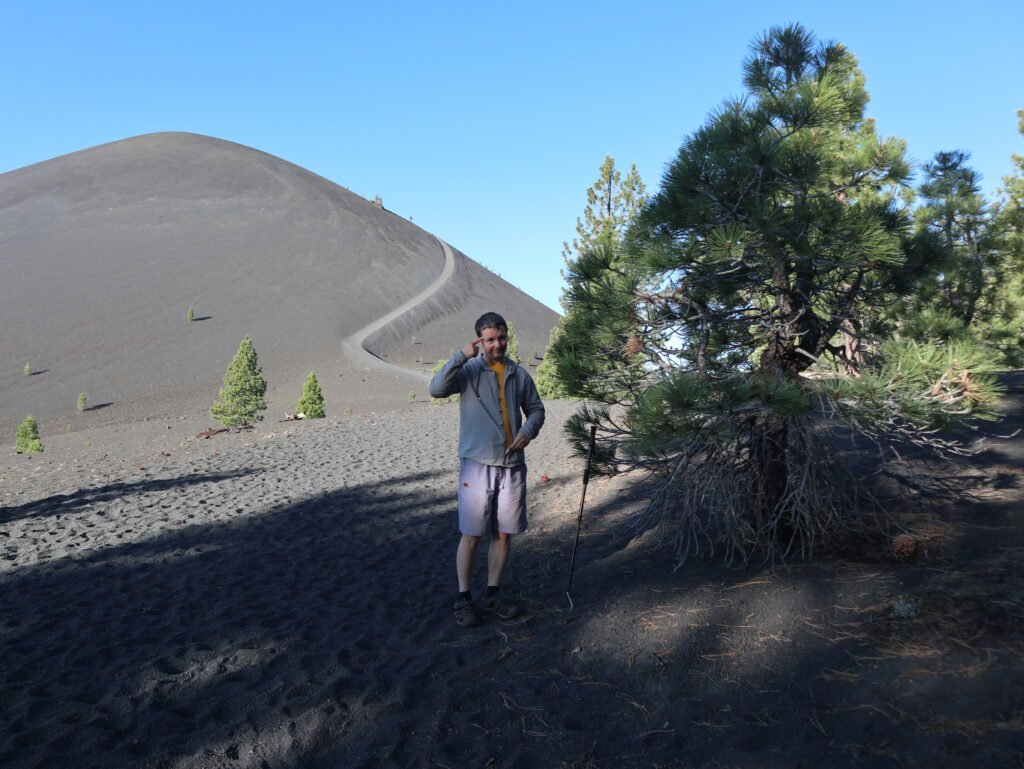
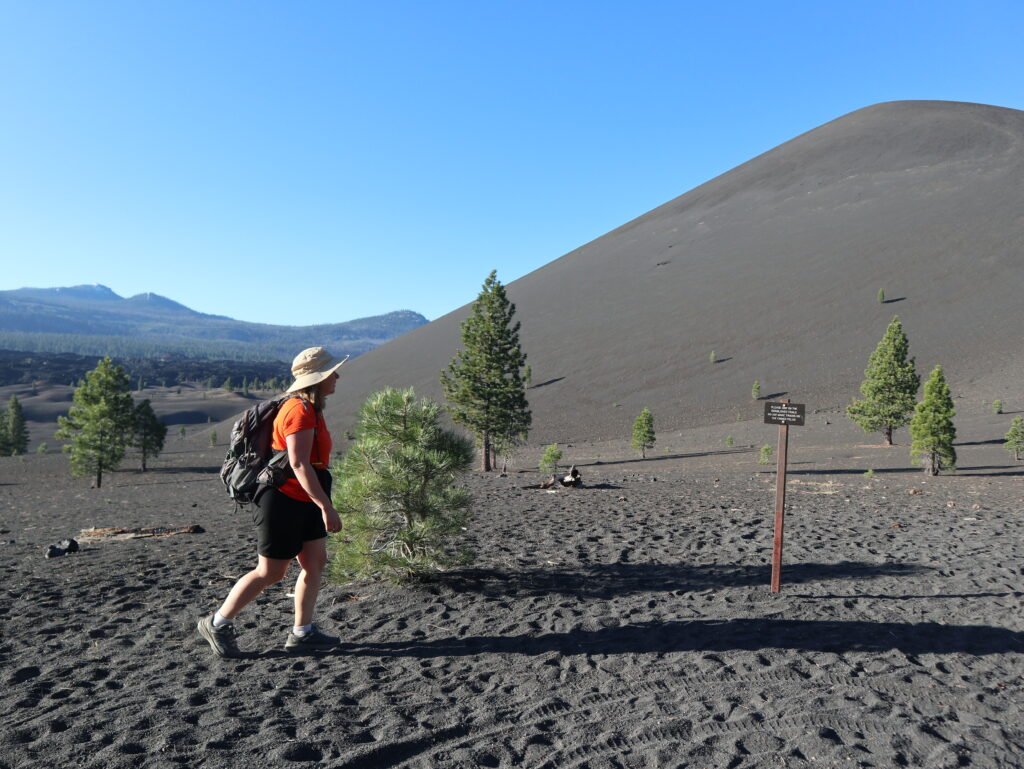
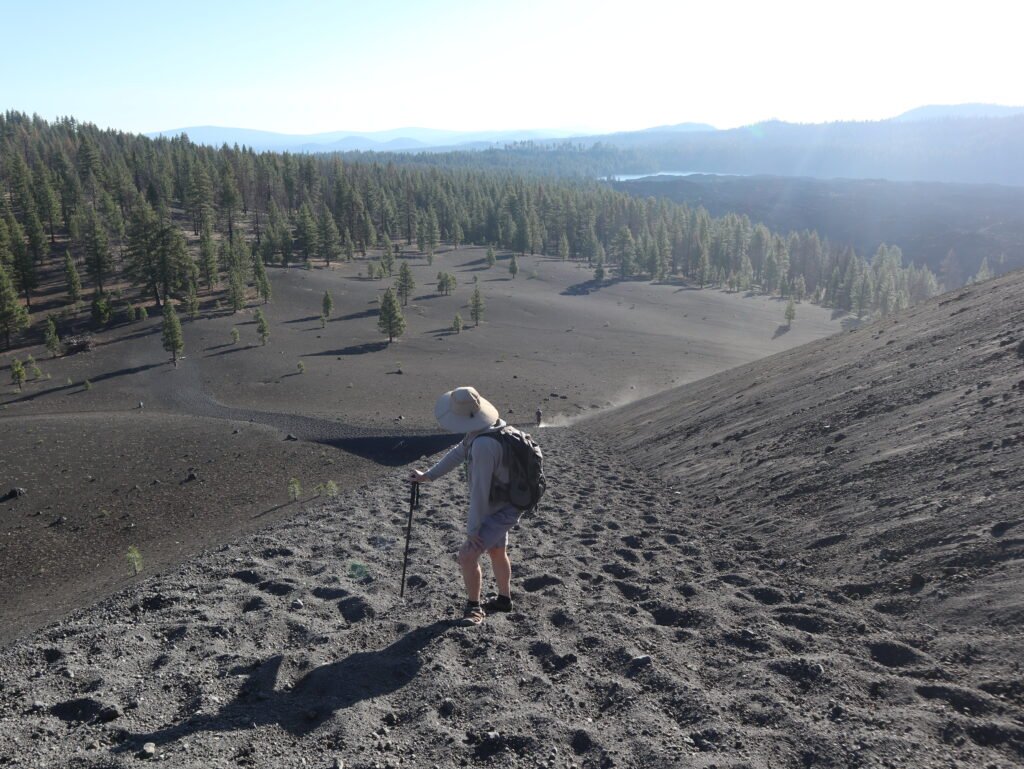
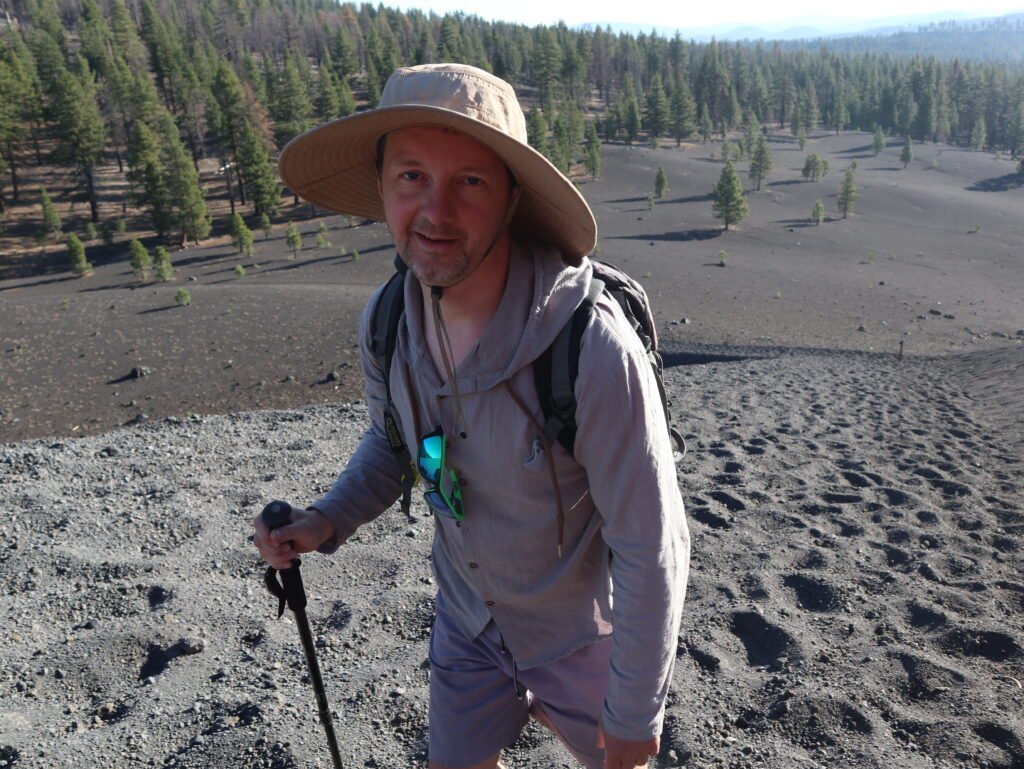
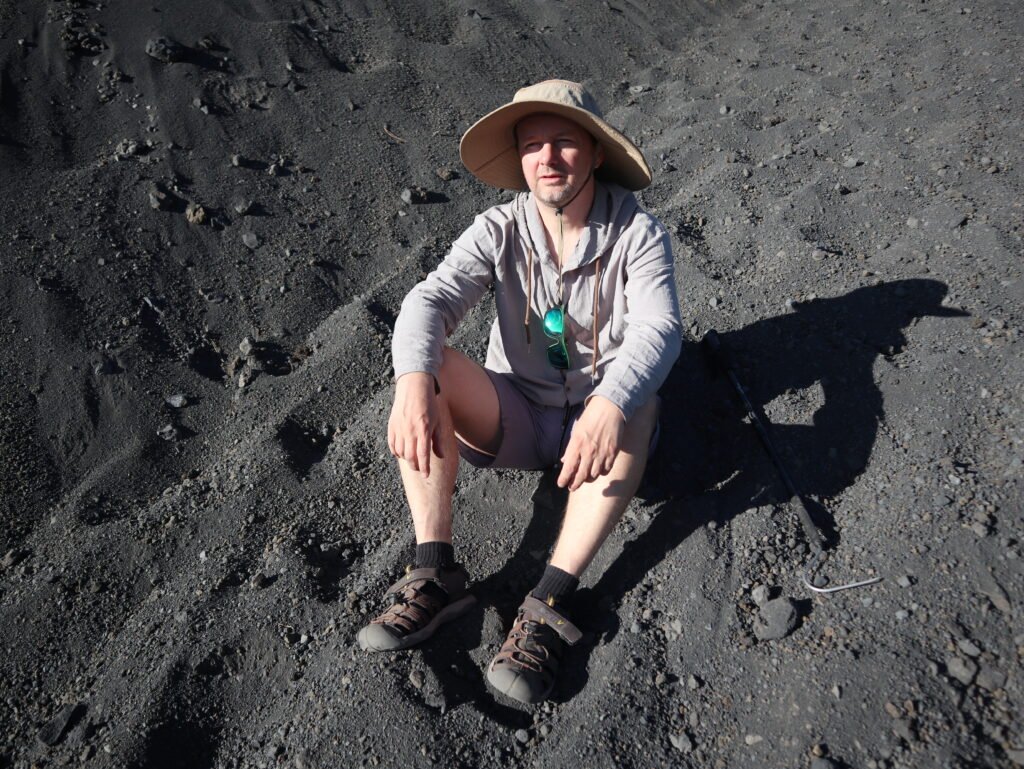
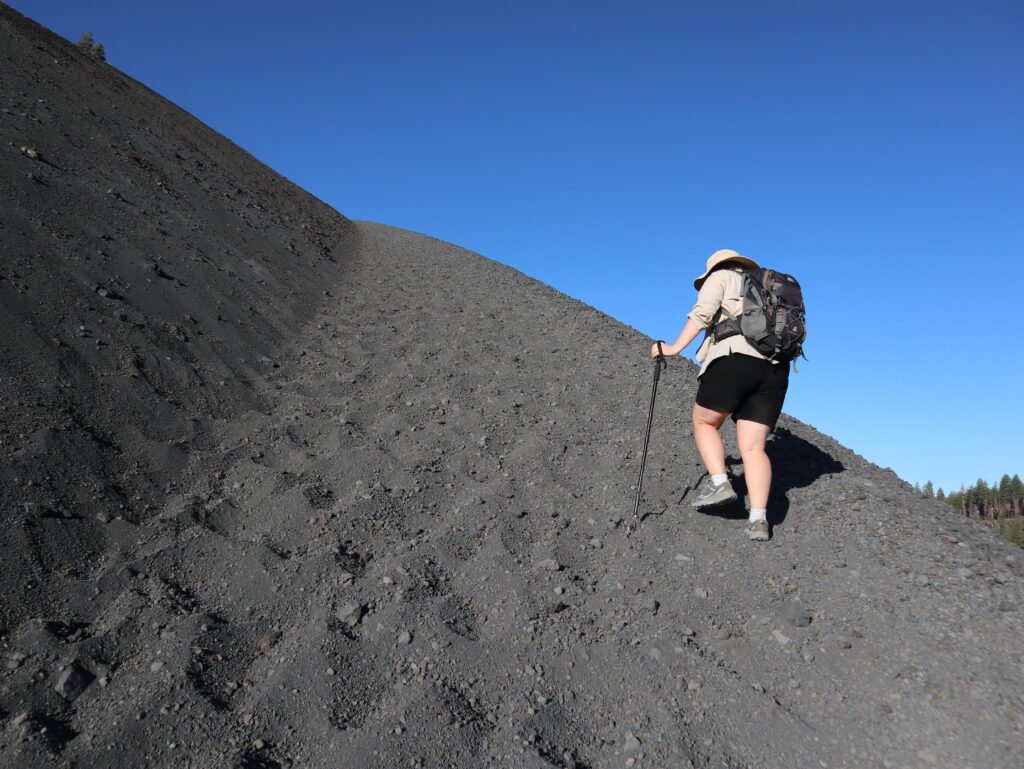
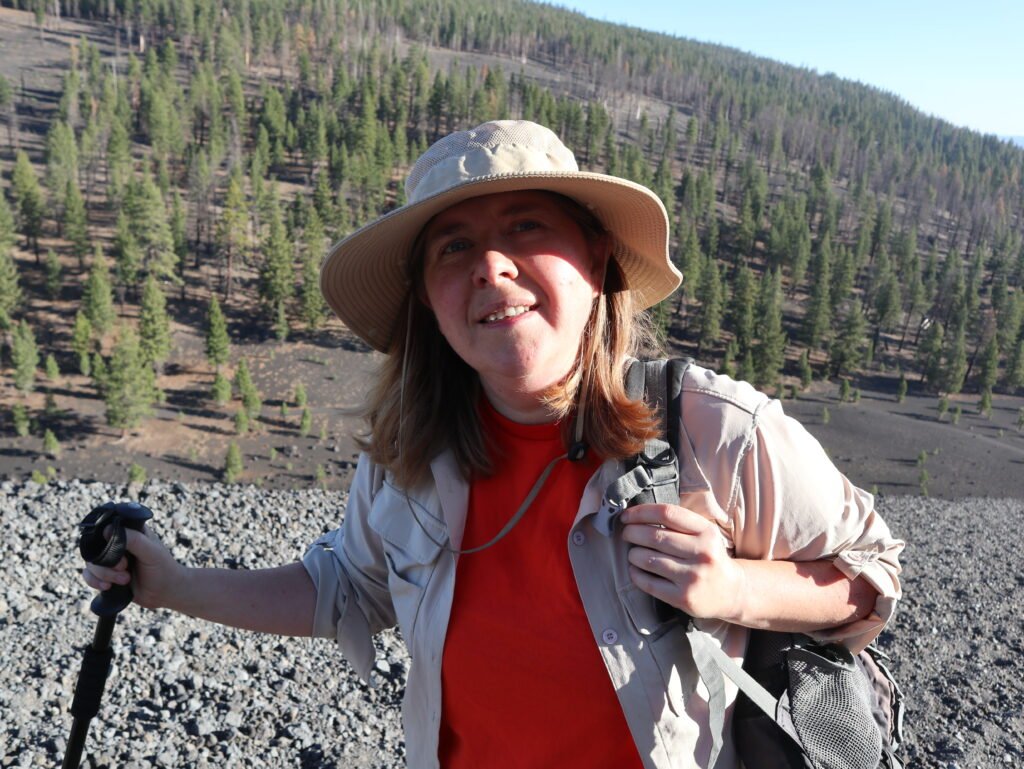
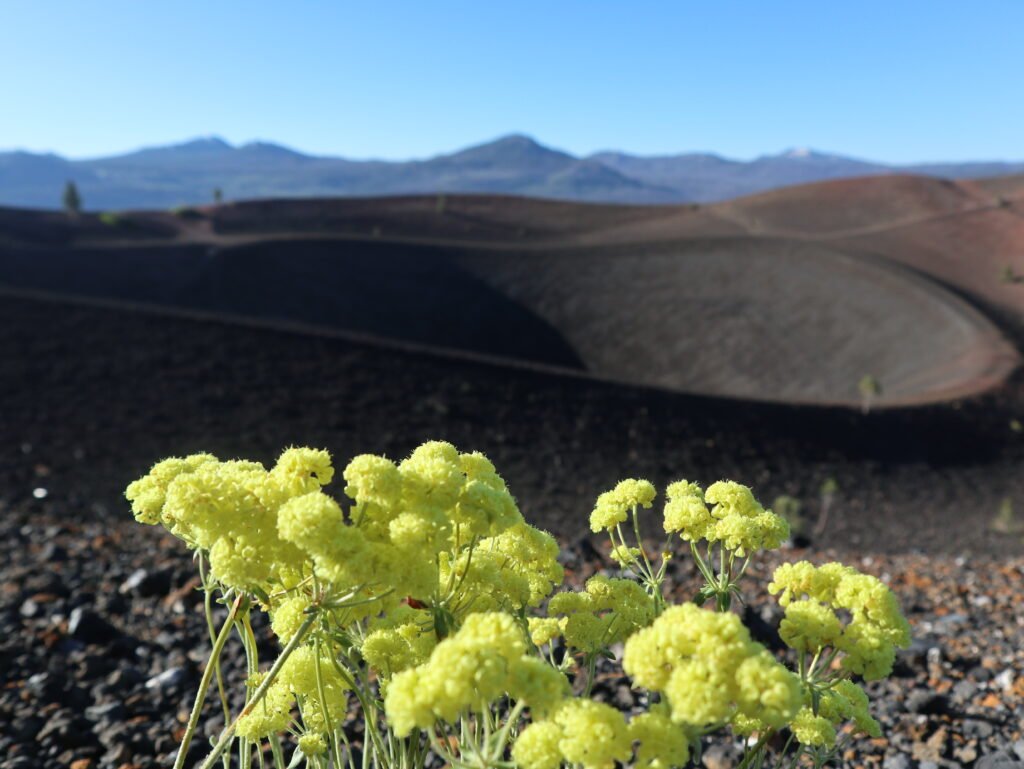
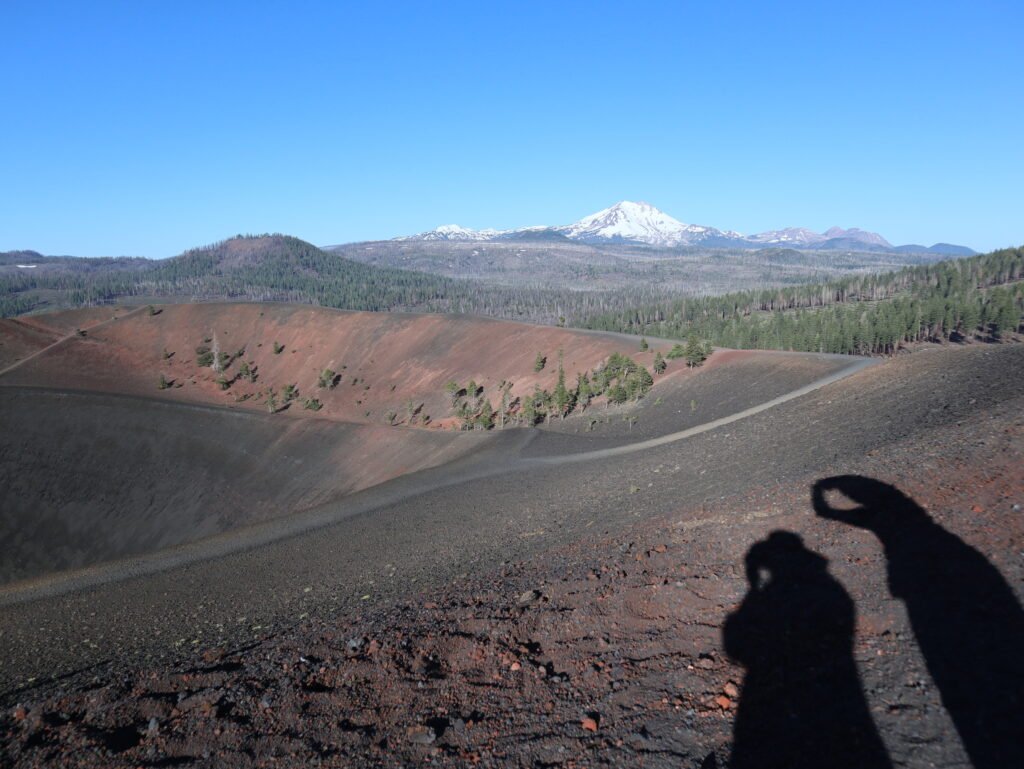
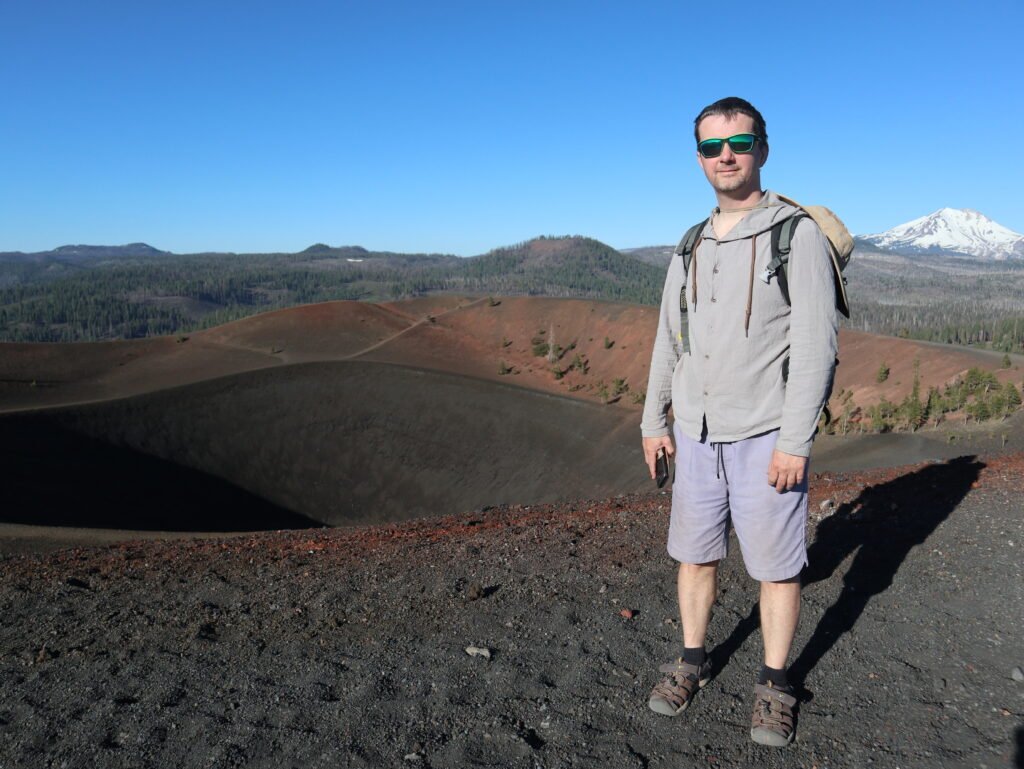
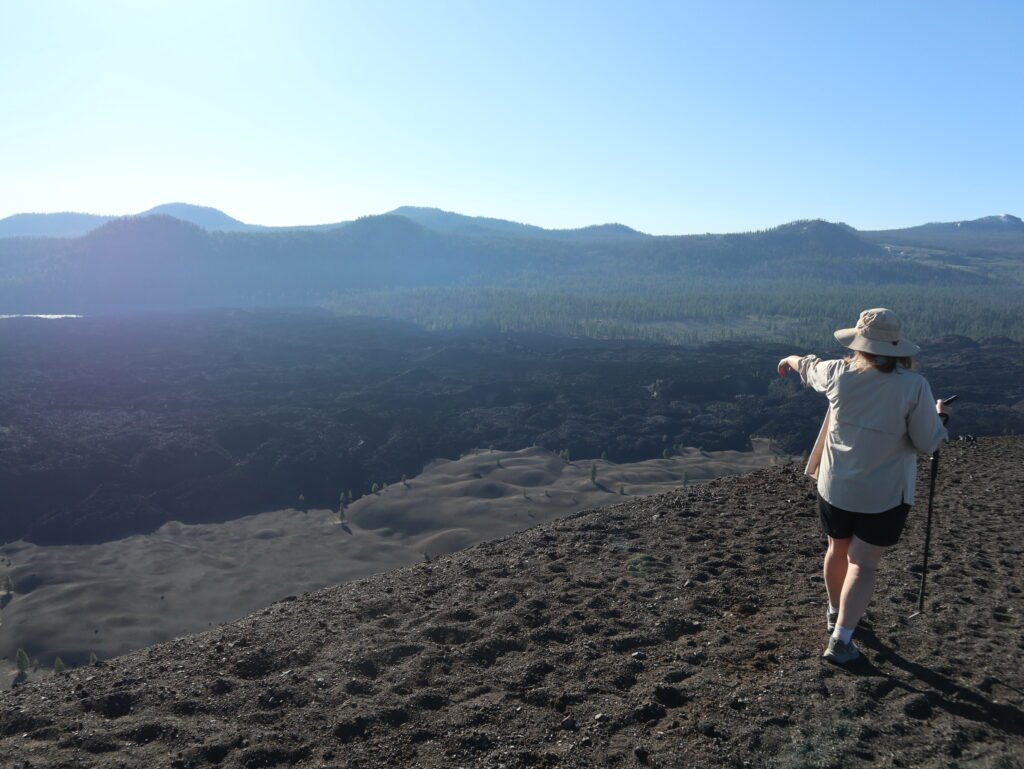
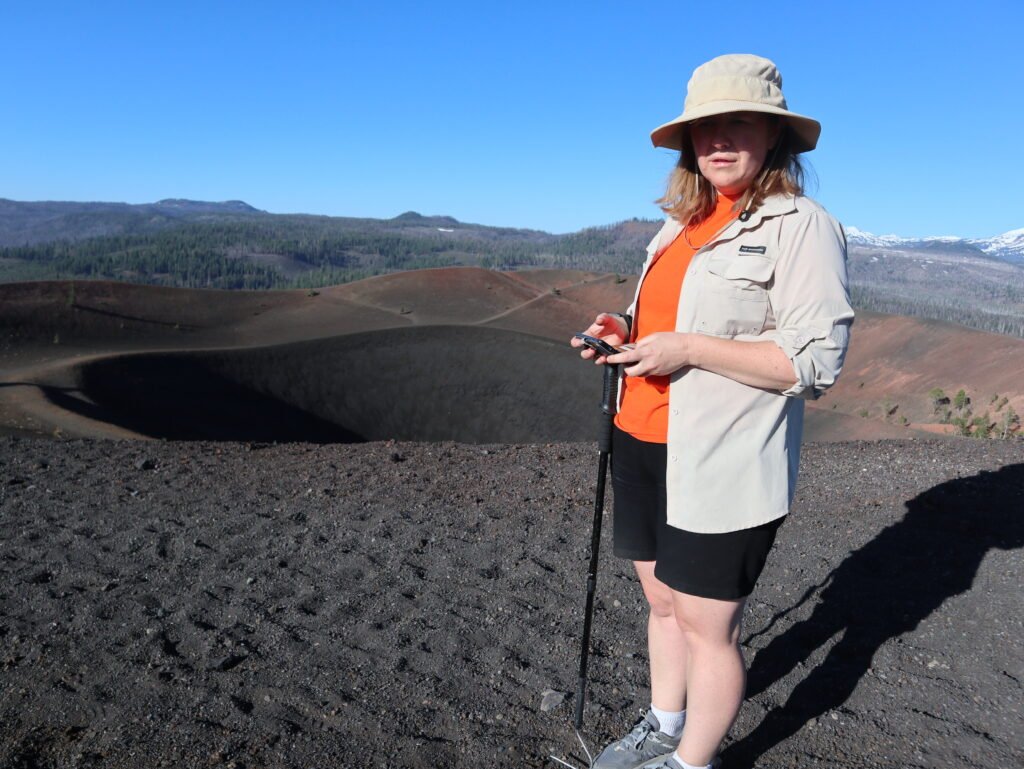
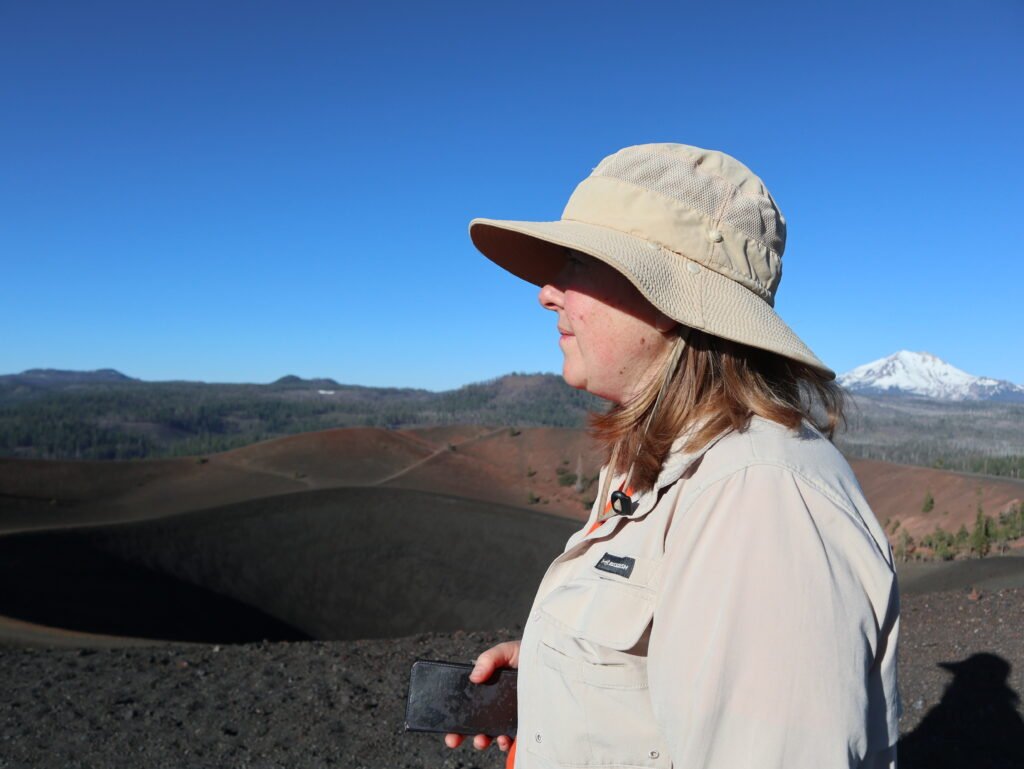
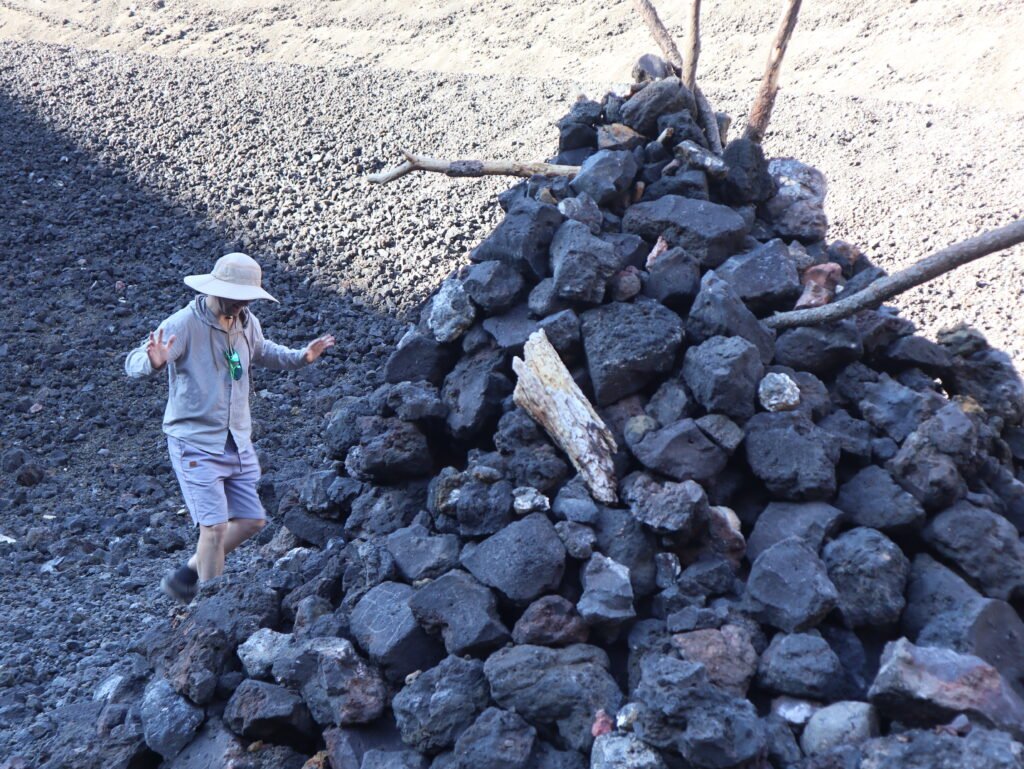
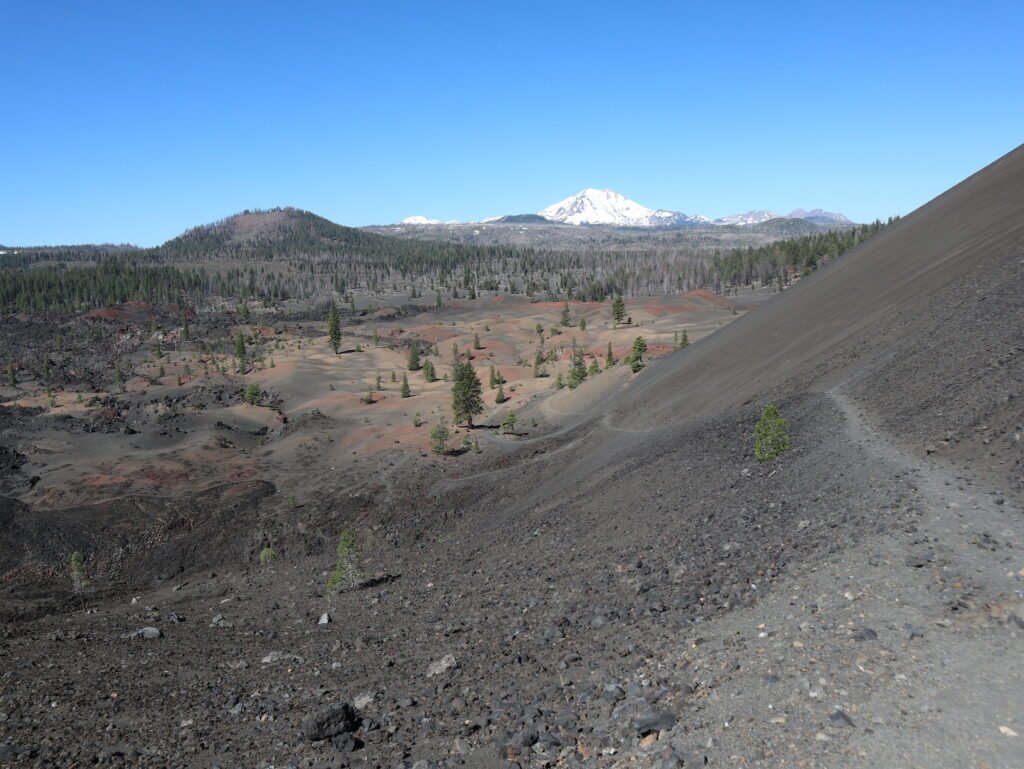
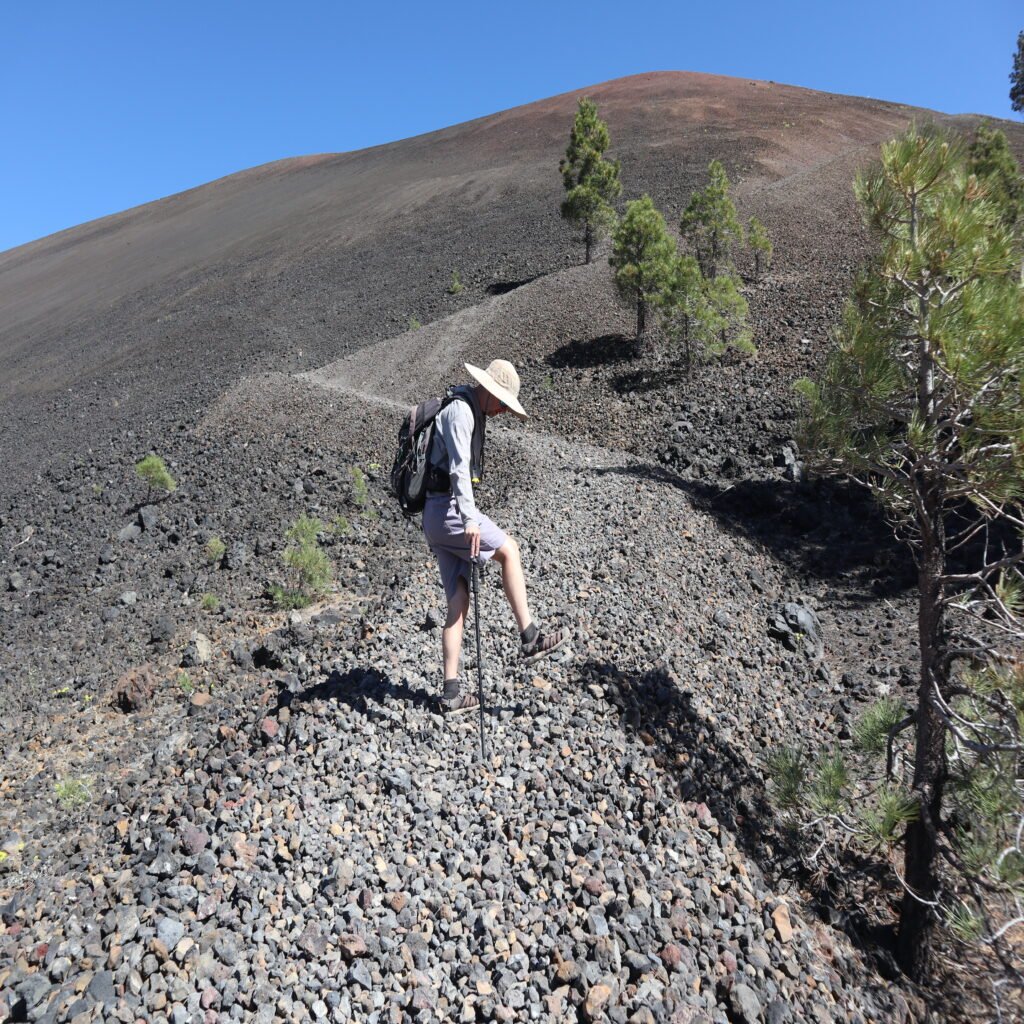
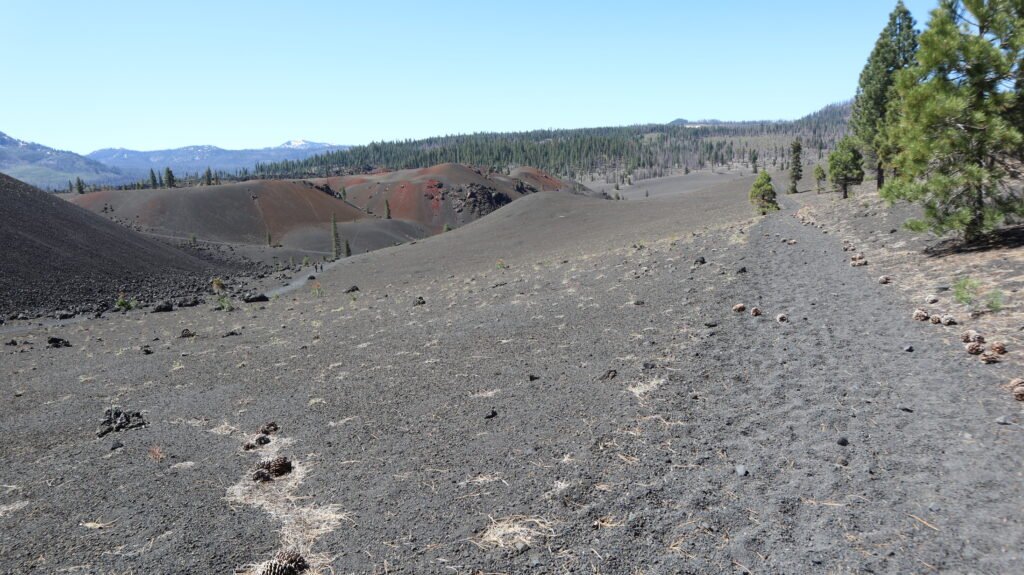
The geology of this area is a story written in fire and earth. Cinder Cone itself is a classic example of a basaltic cinder cone volcano that last erupted in the 1650s. The vast, blocky expanse of the Fantastic Lava Beds is a result of lava flows from the base of Cinder Cone that dammed a local stream, creating the serene Butte Lake. The Painted Dunes, with their oxidized red and orange hues, were formed when volcanic ash fell on top of still-hot lava flows.
Our nights at Butte Lake were a reminder that we were visitors in a wild place. The campground is known for its active bear population, and we saw ample evidence of their presence, with numerous tracks and fresh droppings throughout the area. This, along with the tracks of other wildlife, added a thrilling and humbling dimension to our stay, a constant reminder of the untamed beauty of Lassen Volcanic National Park.
